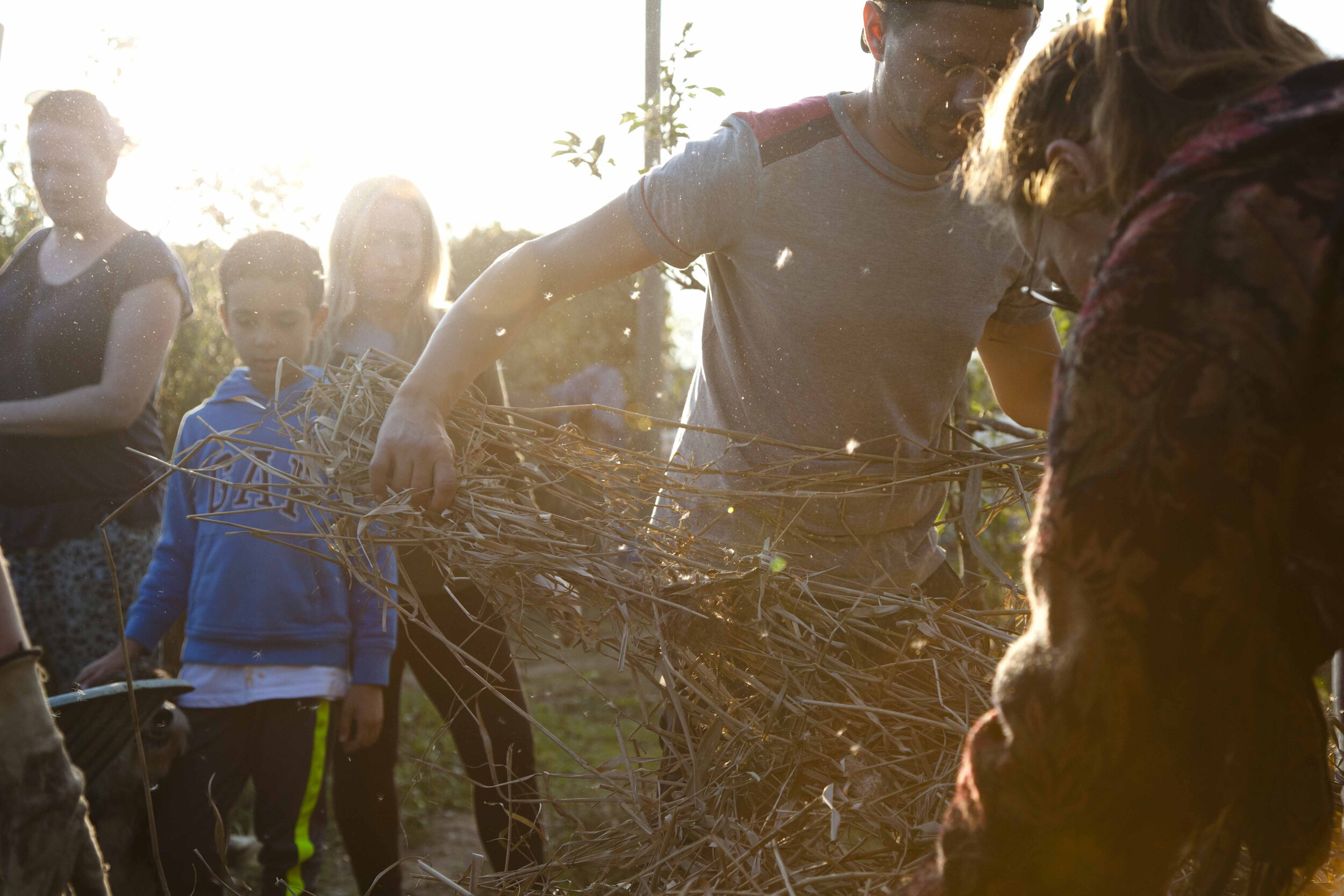
PDC Module 4 - Soil Ecology & Food Production
Welcome to Module 4 of the full Permaculture Design Course. This modules focuses on the ecology of the soil, how we can maintain and improve soil fertility to sustainably grow healthy food for humans. What you’ll find on this page is:
Your course content
Documents to use during live sessions
Useful handouts
Additional learning resources
Your assignments and course work
The quiz to test your learning and a feedback form
Enjoy your learning journey.
Course content
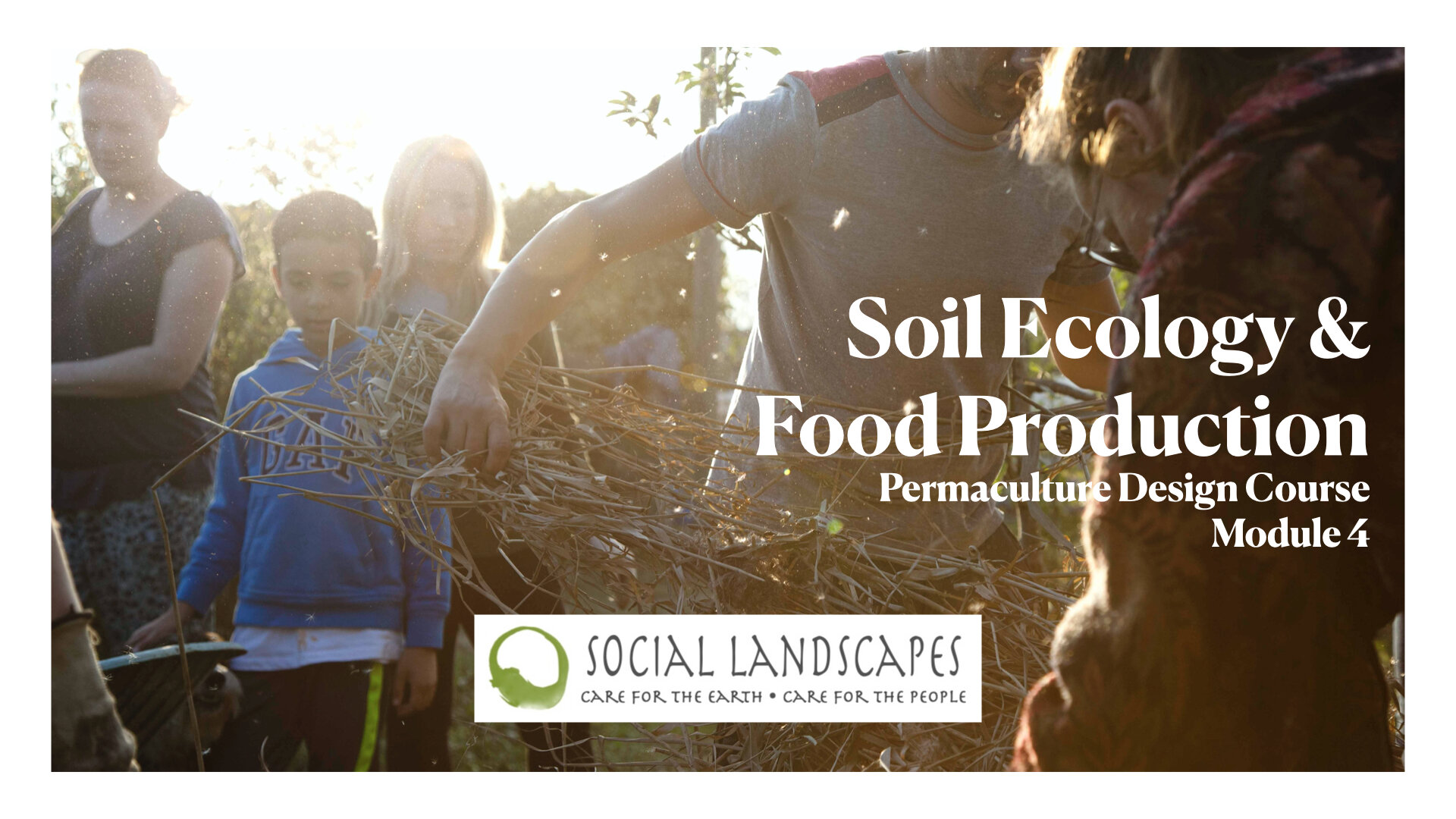
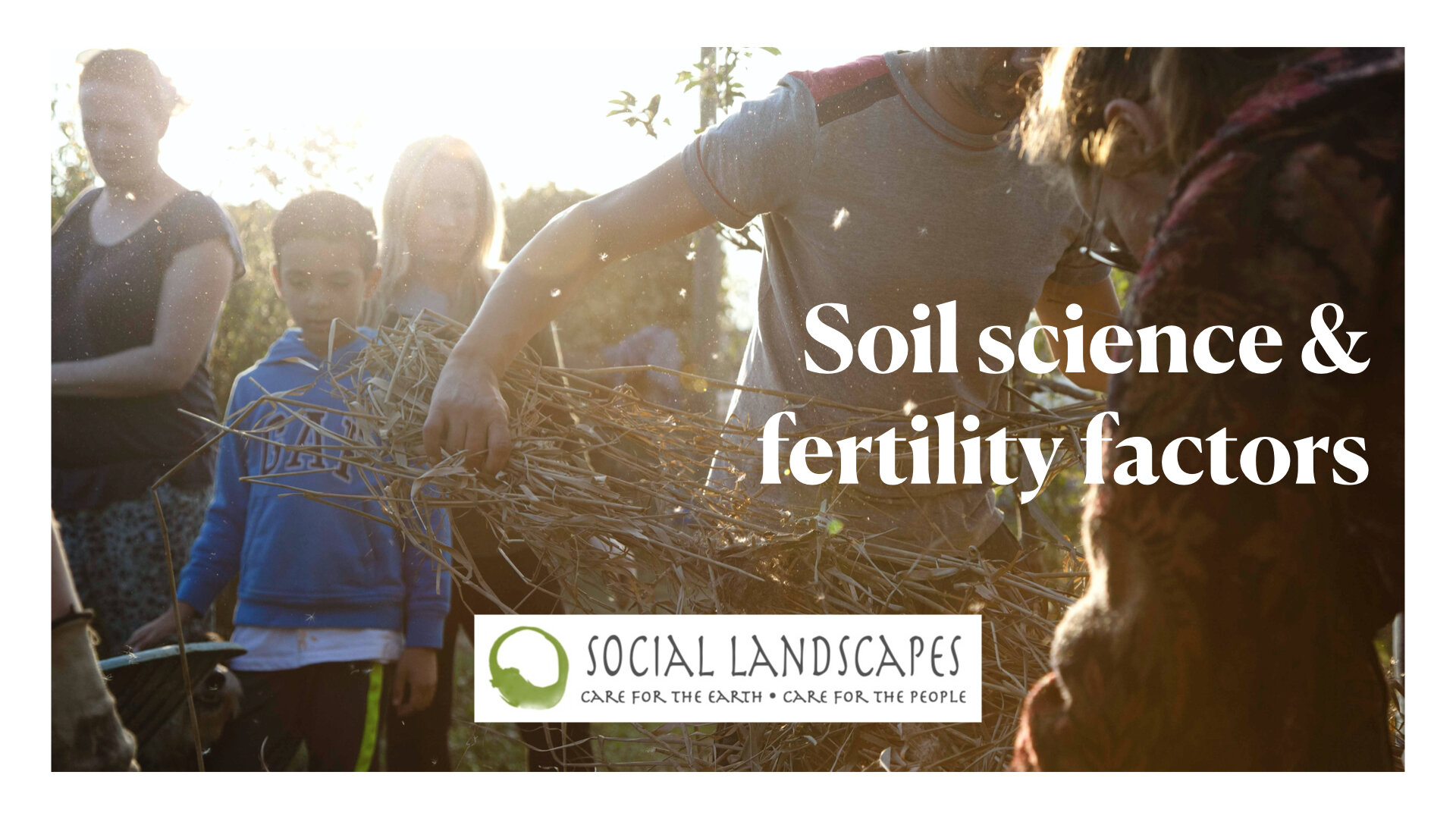
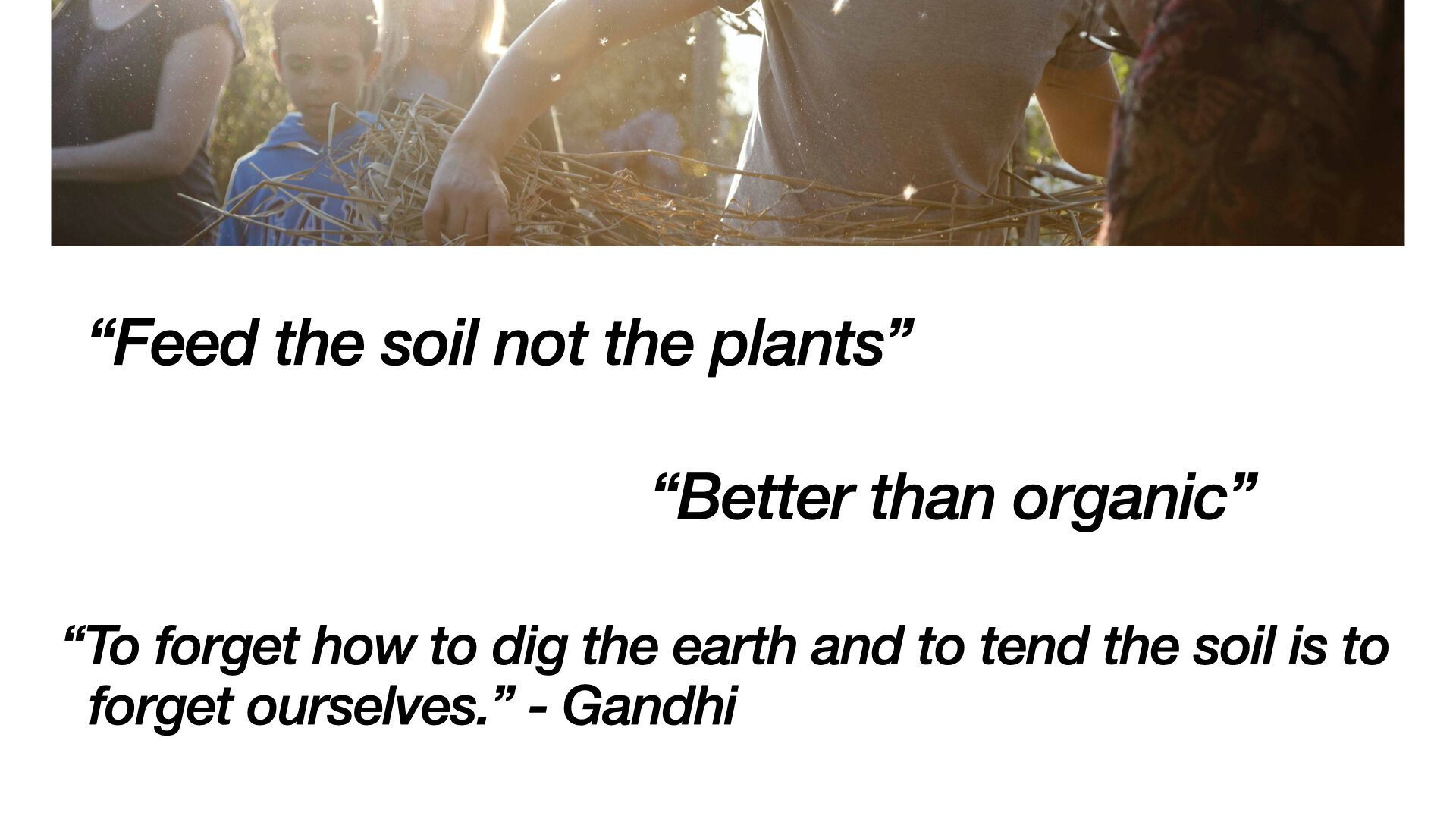

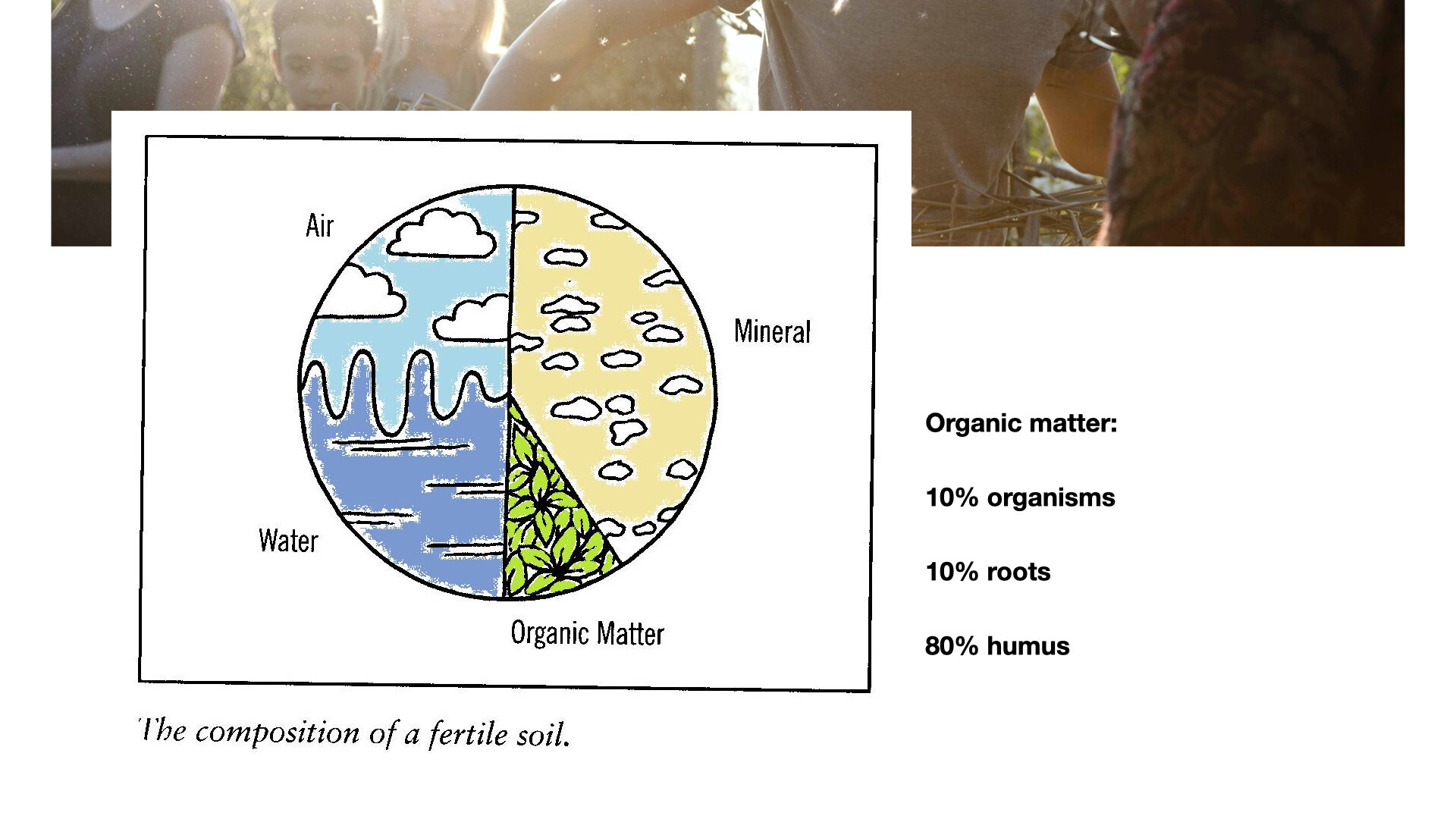

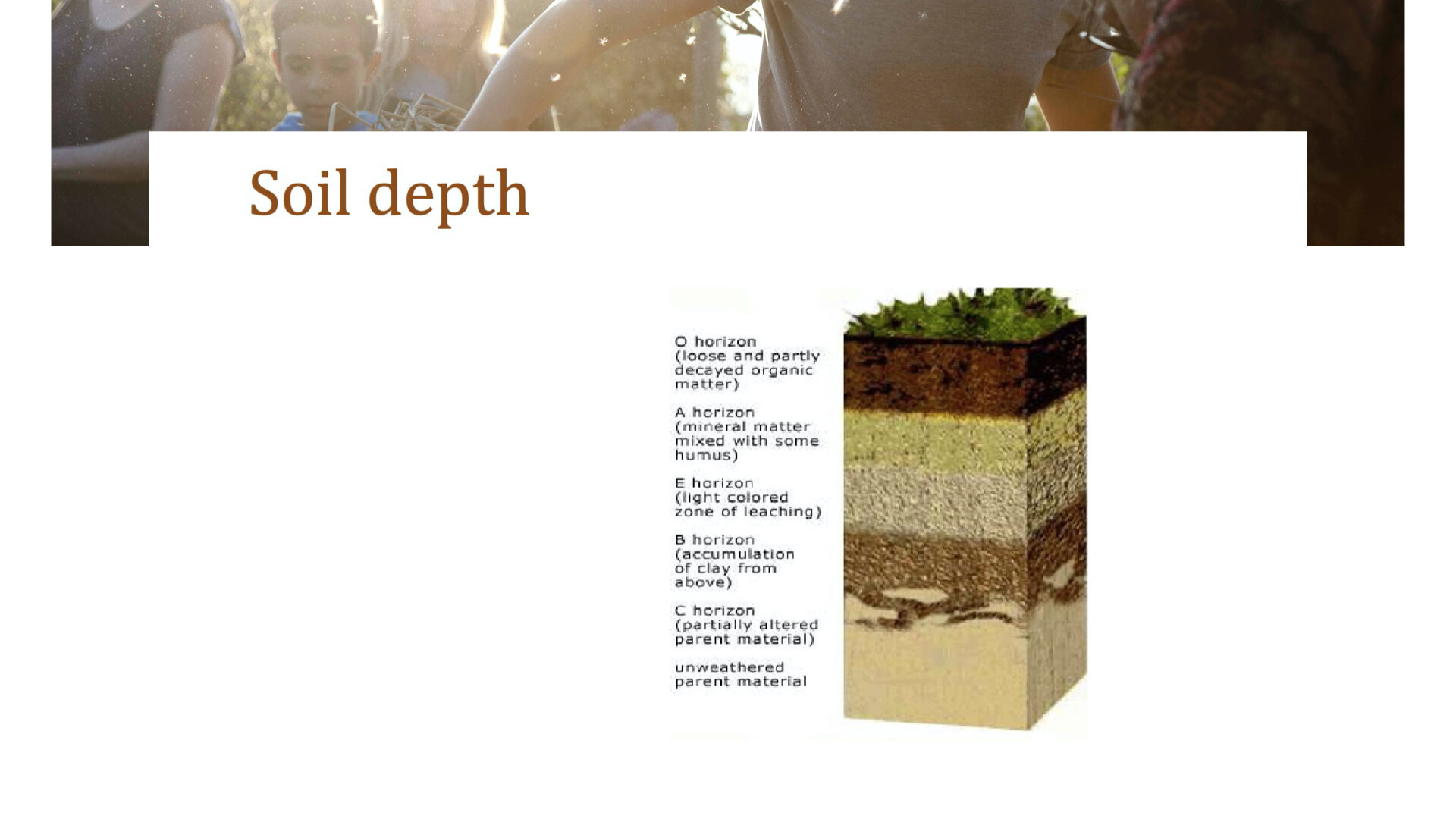
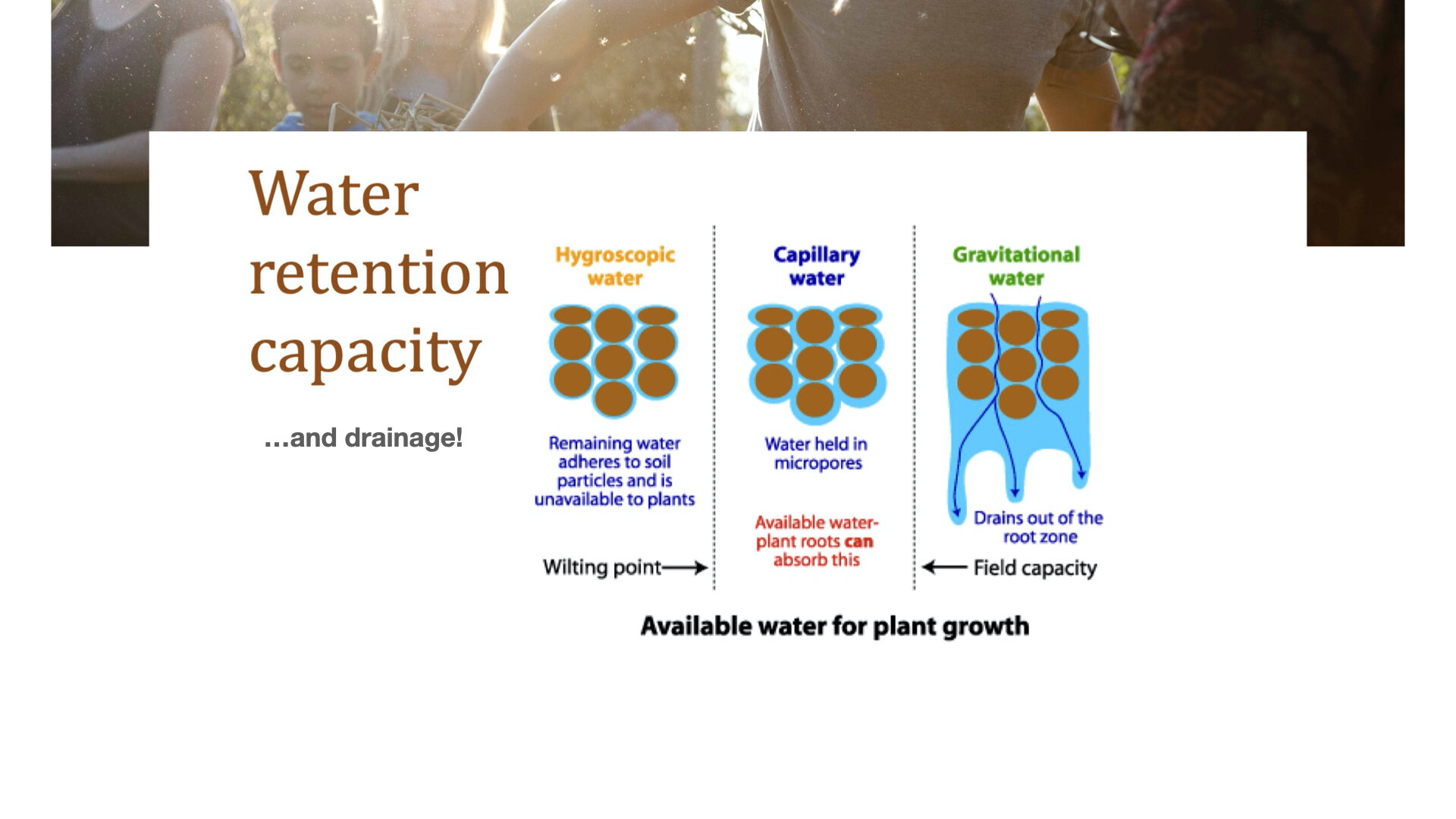
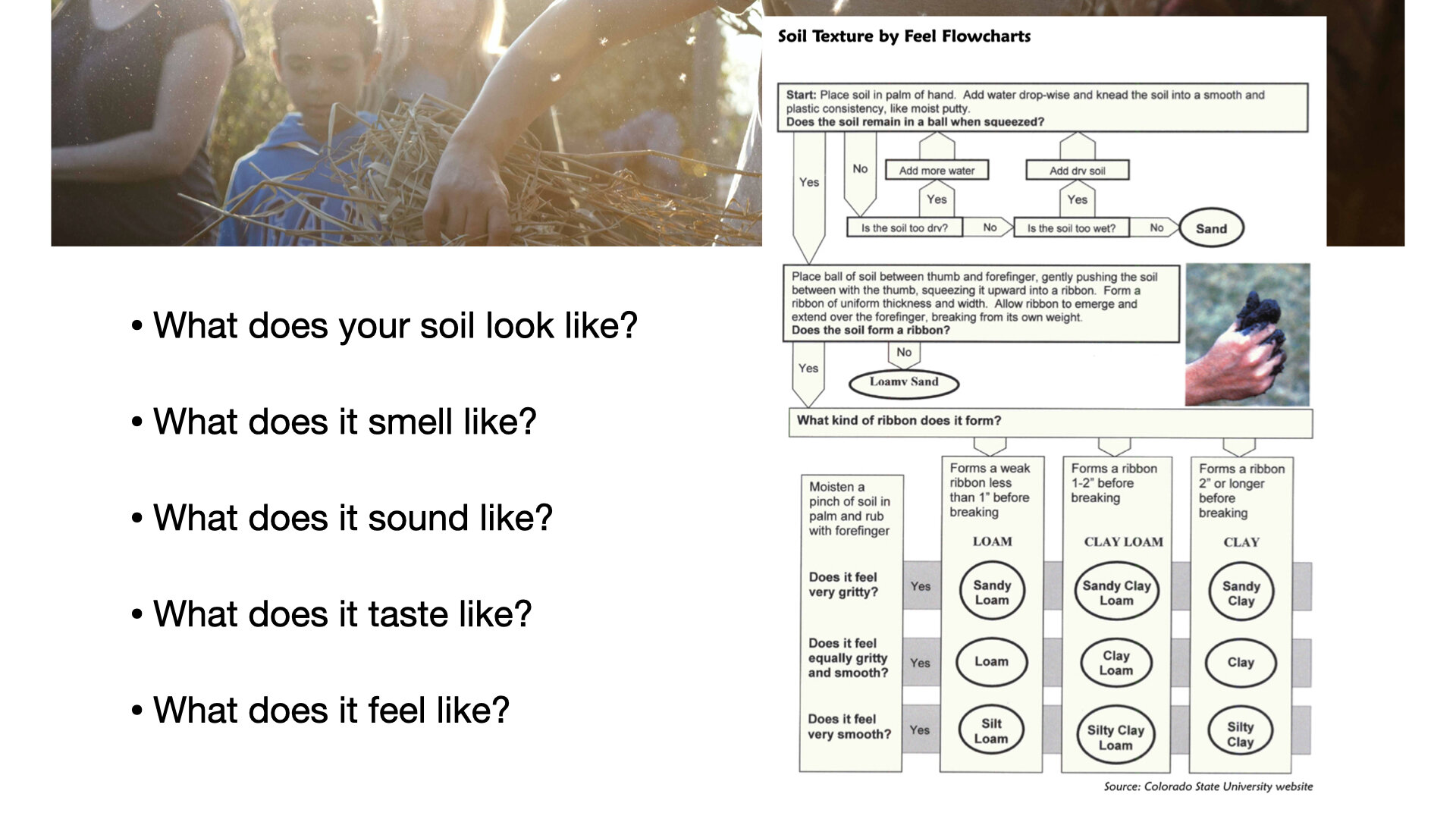
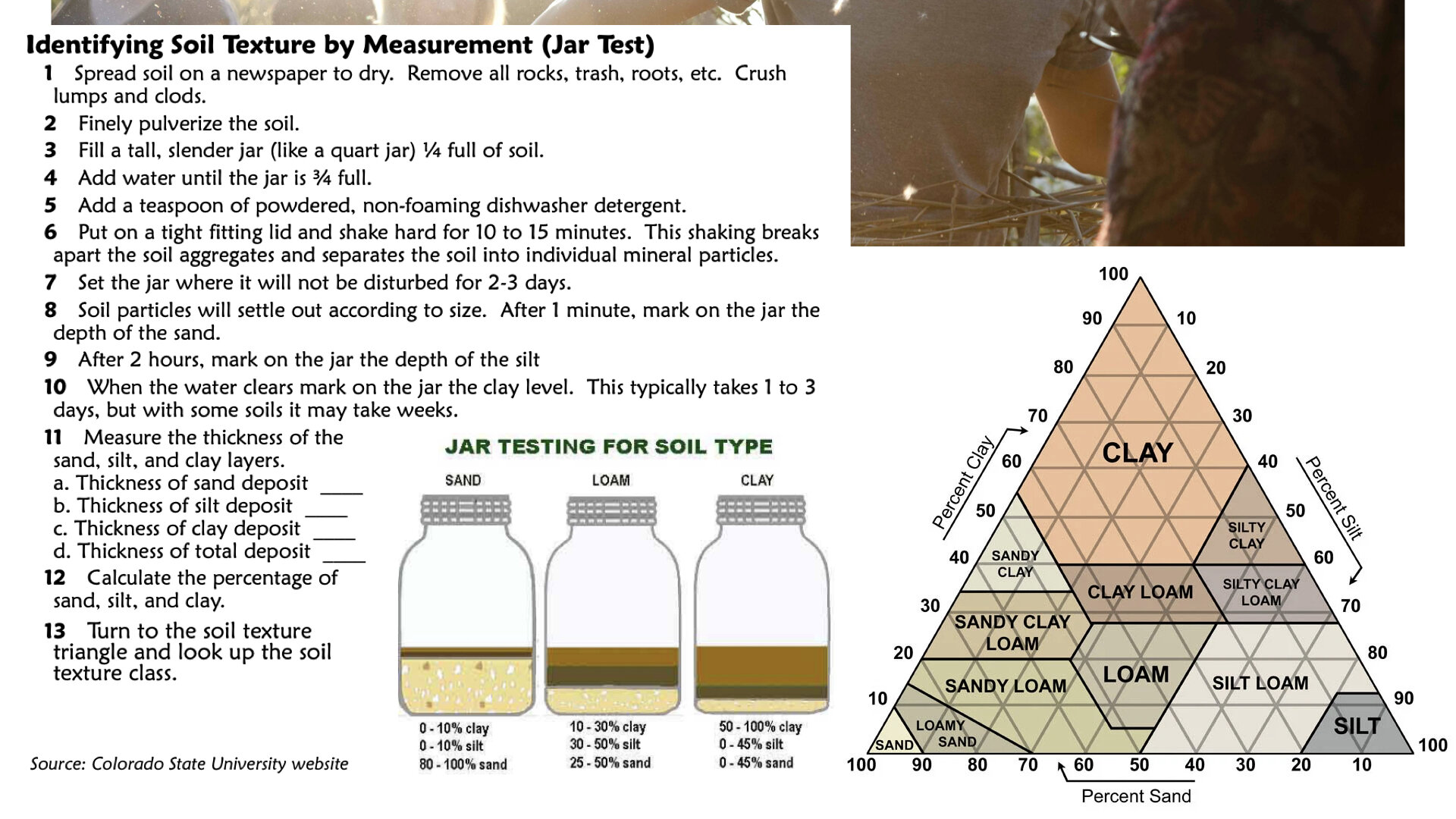

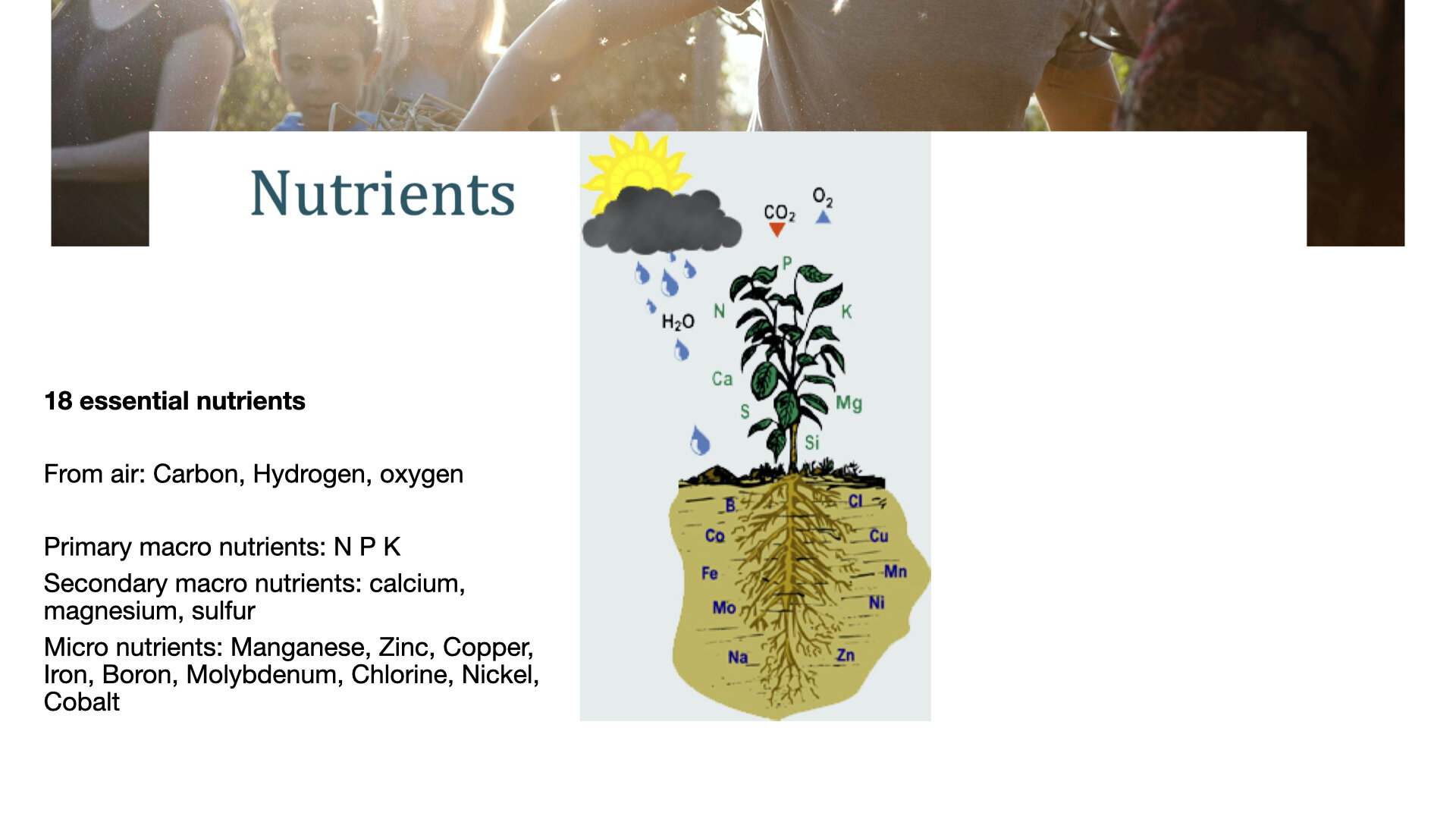

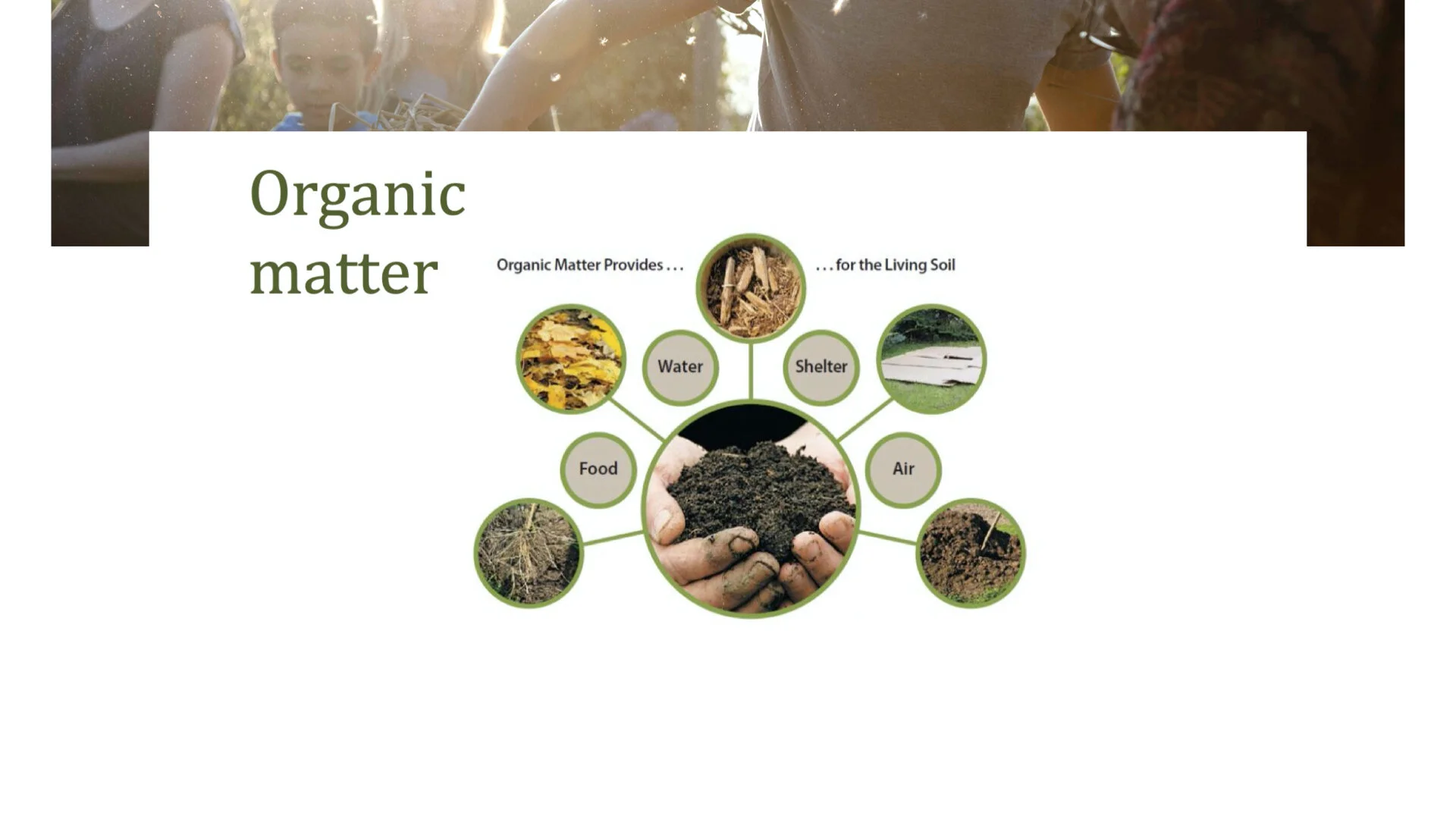
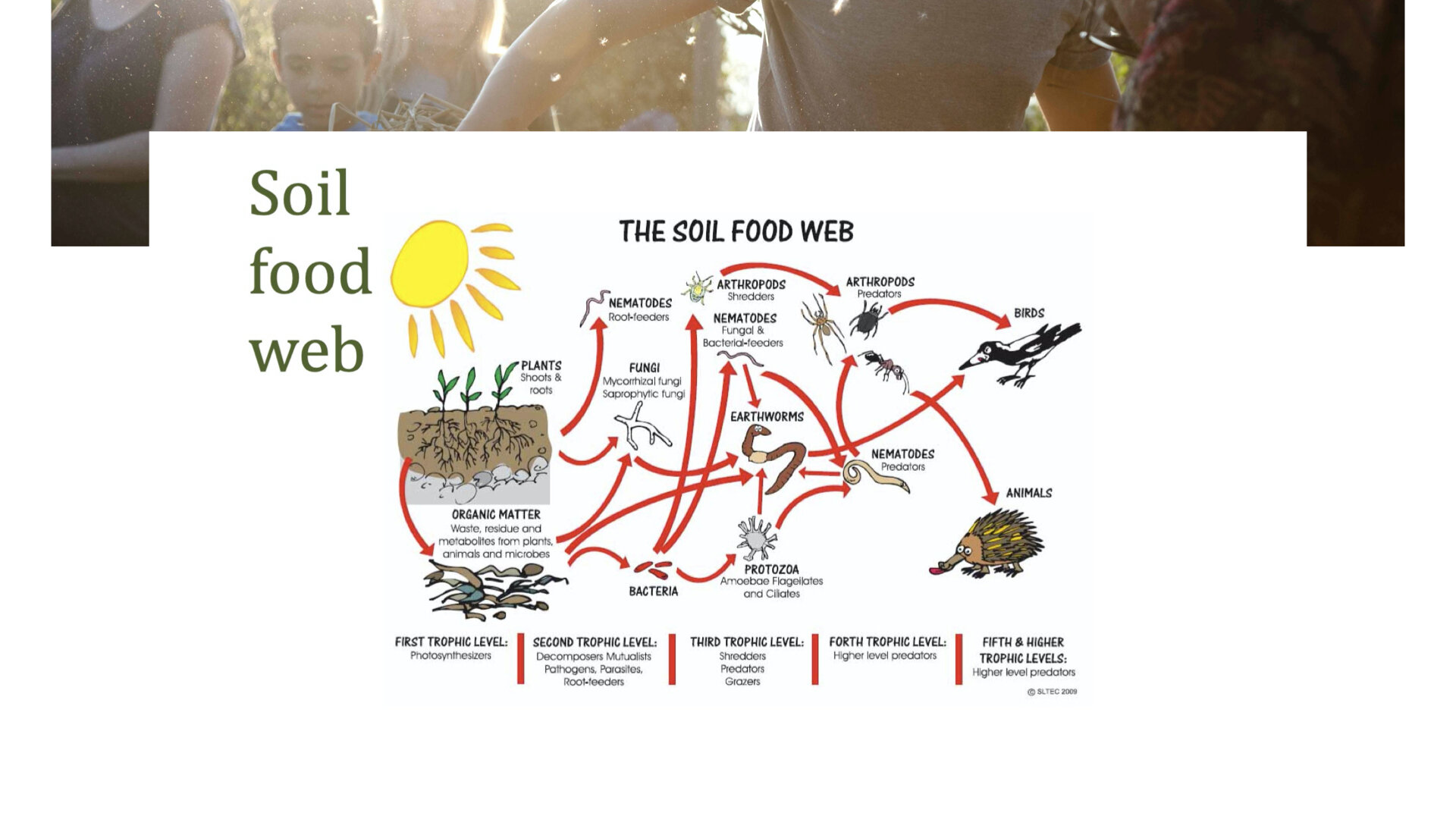
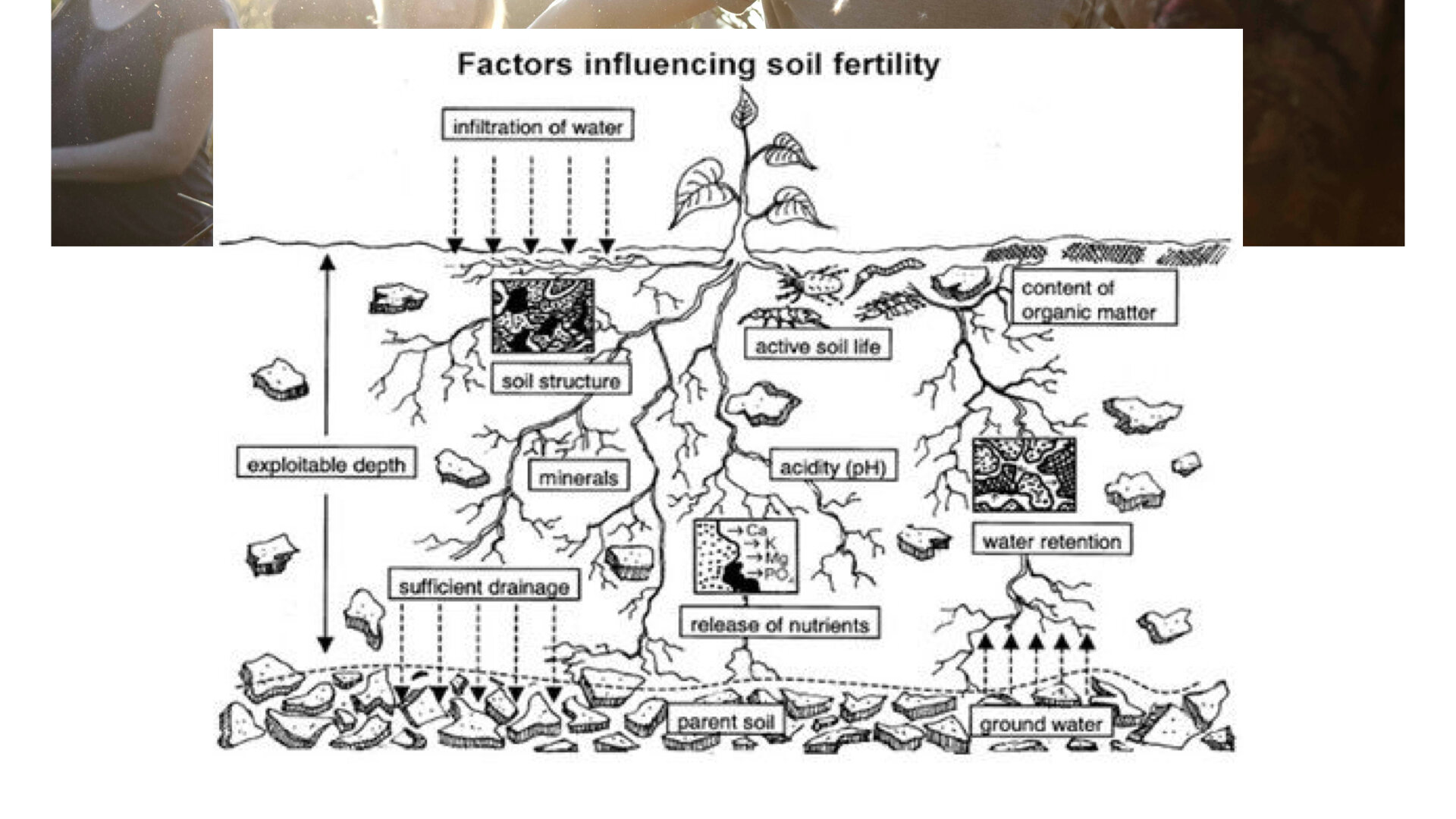
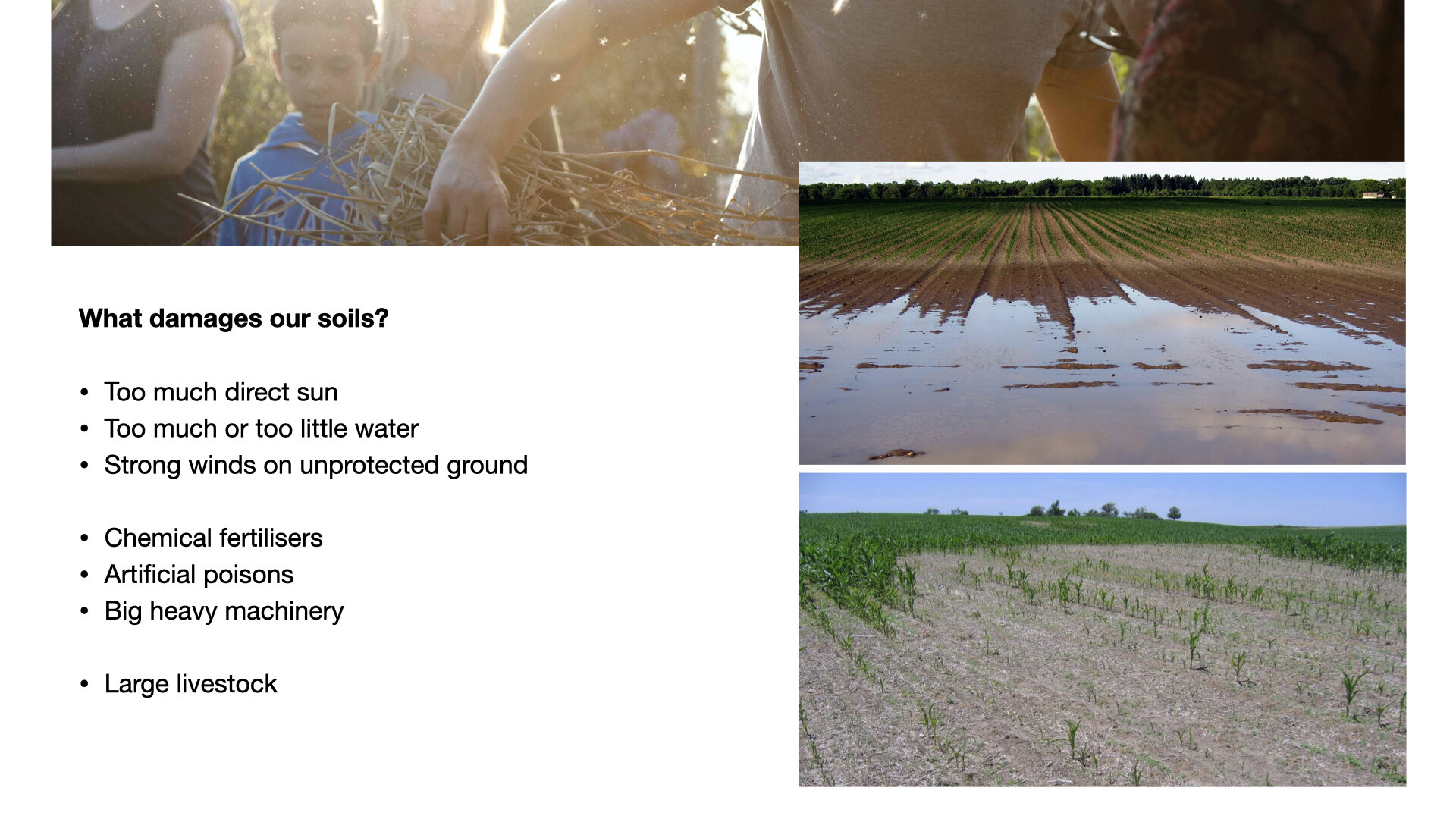
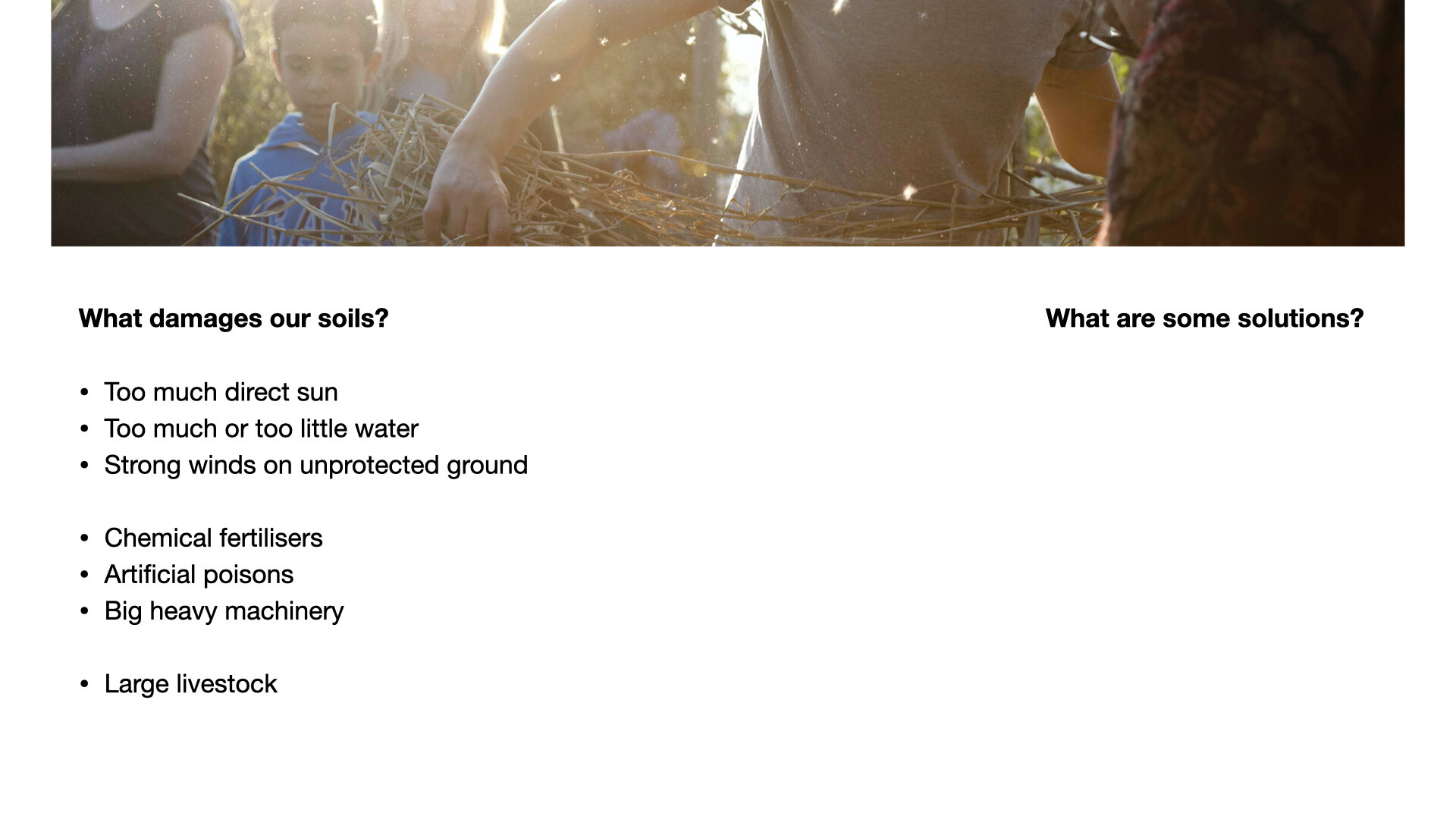
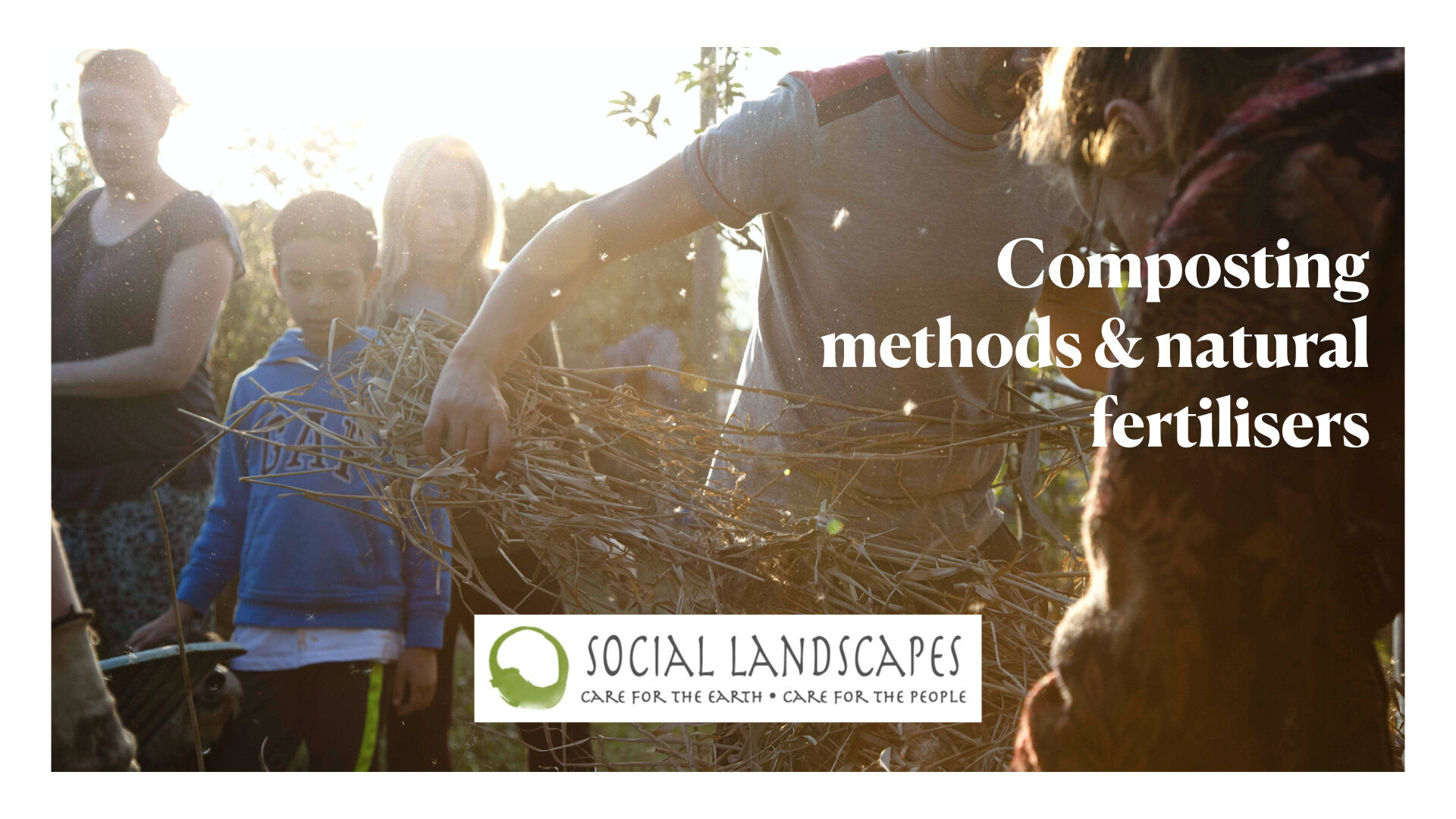
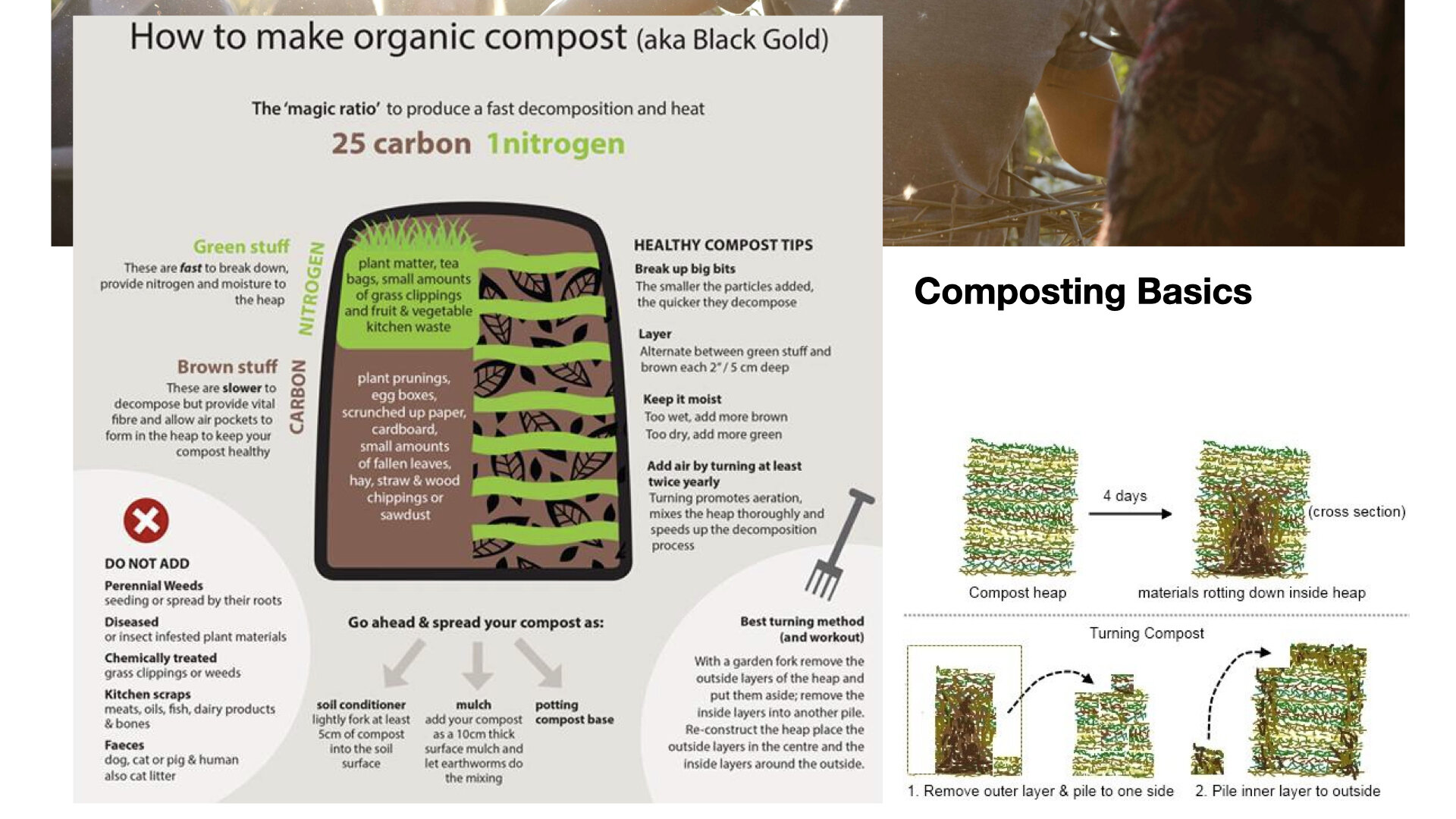

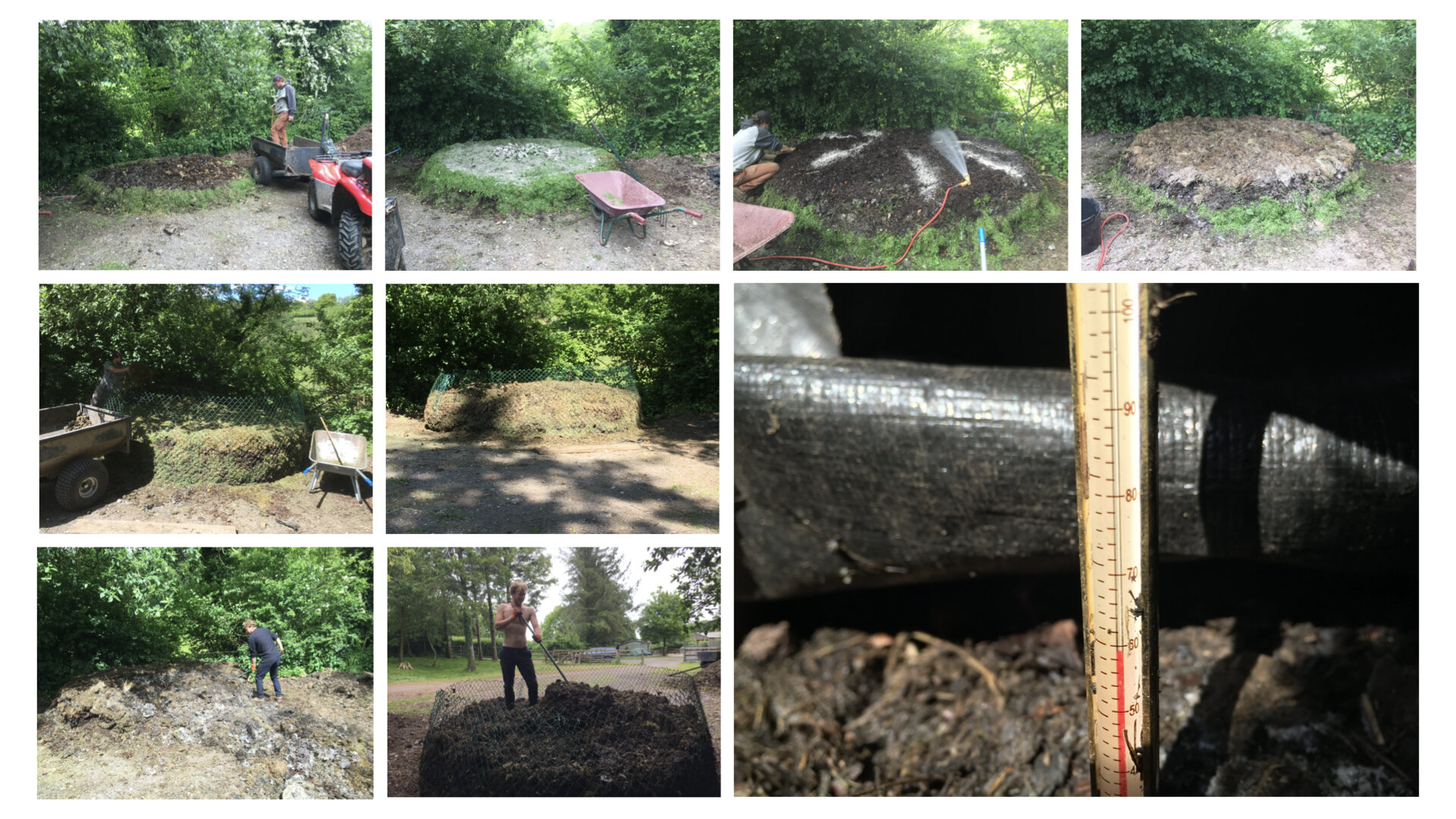


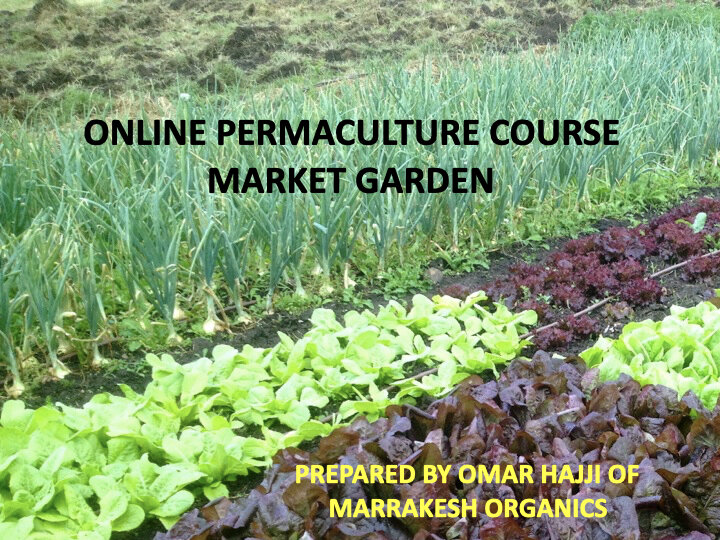
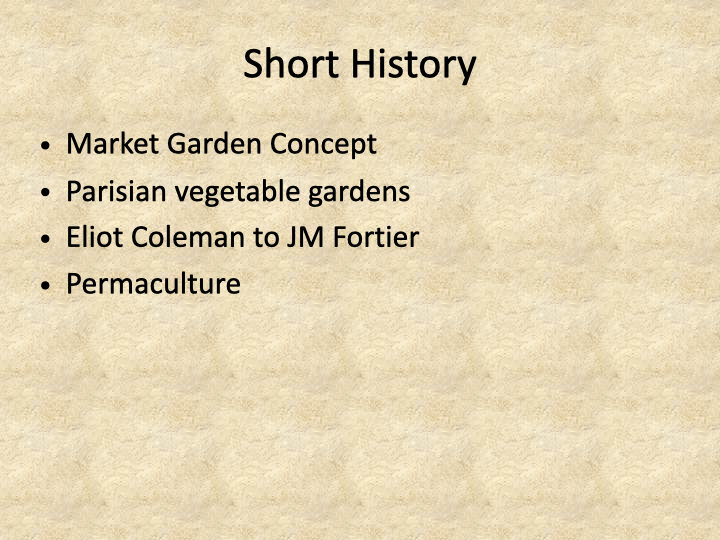
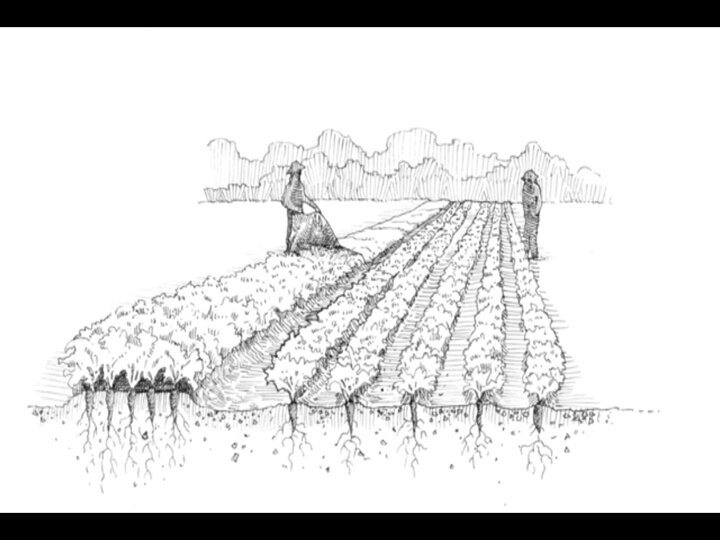
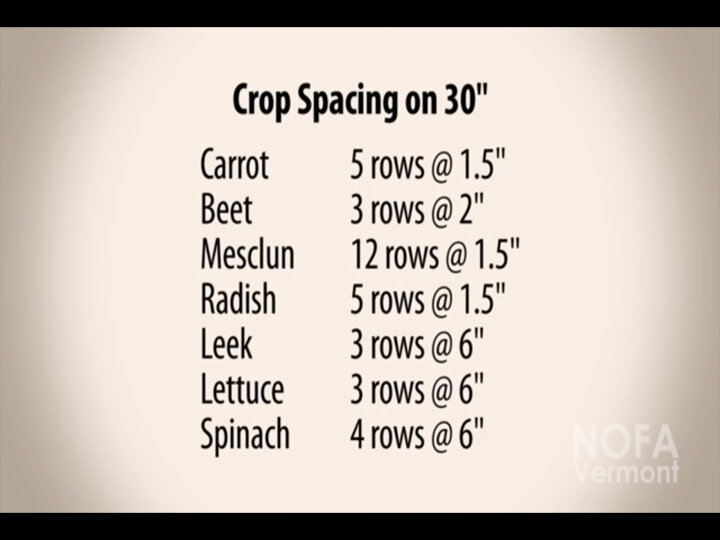

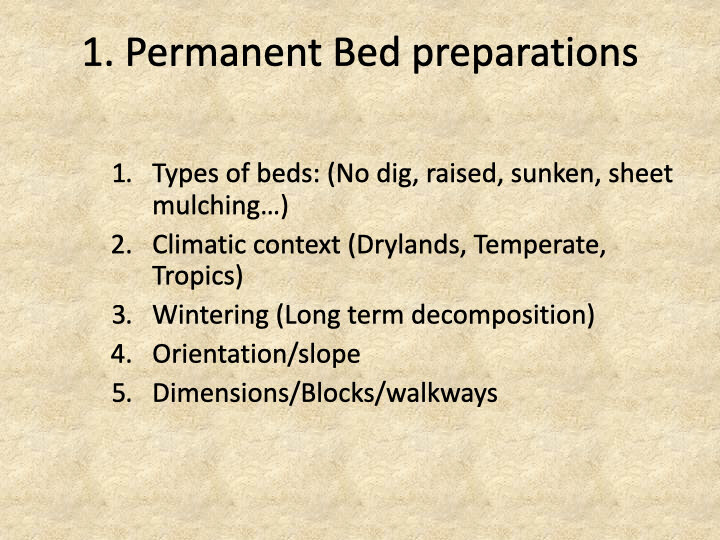
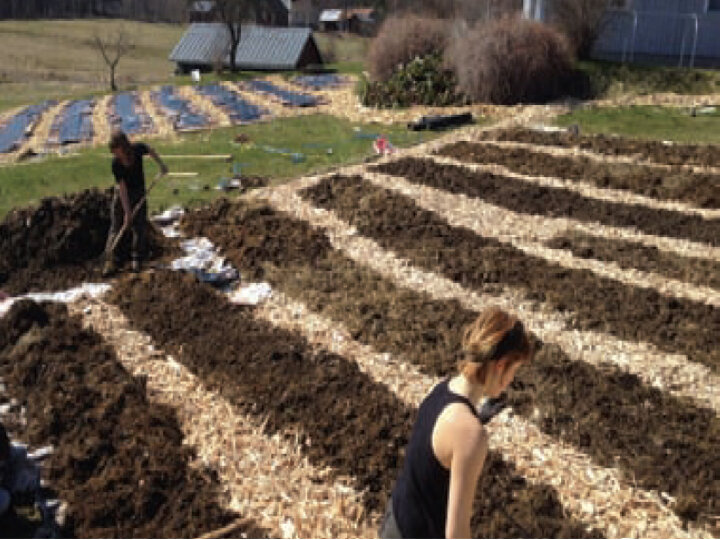

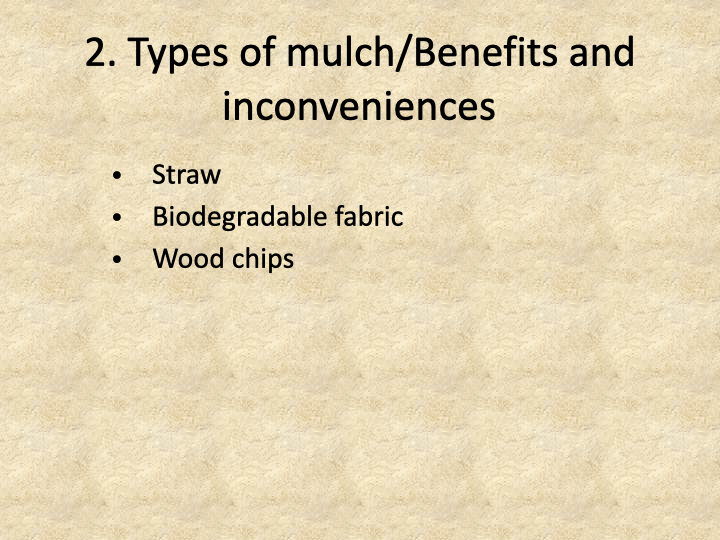

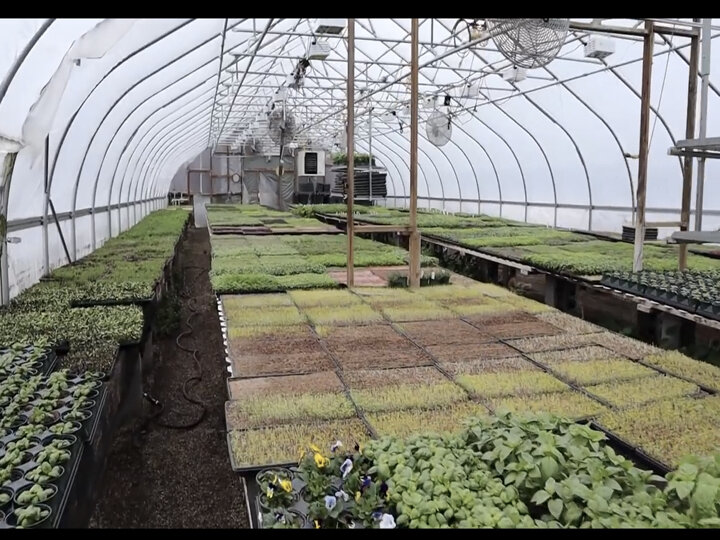
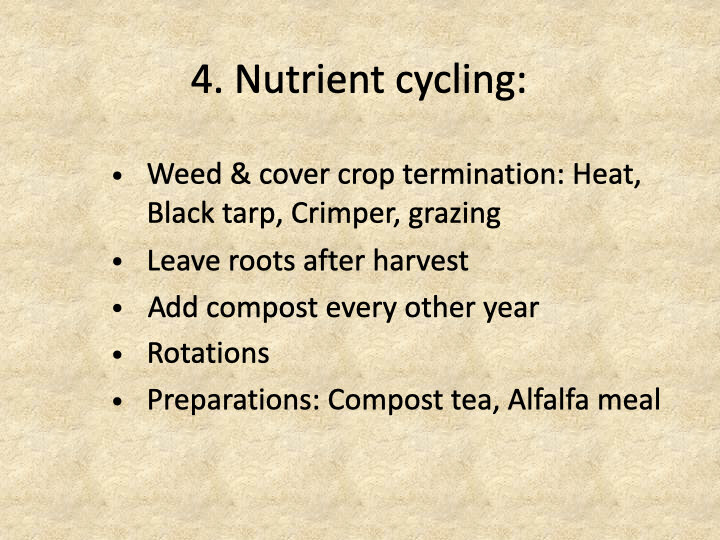
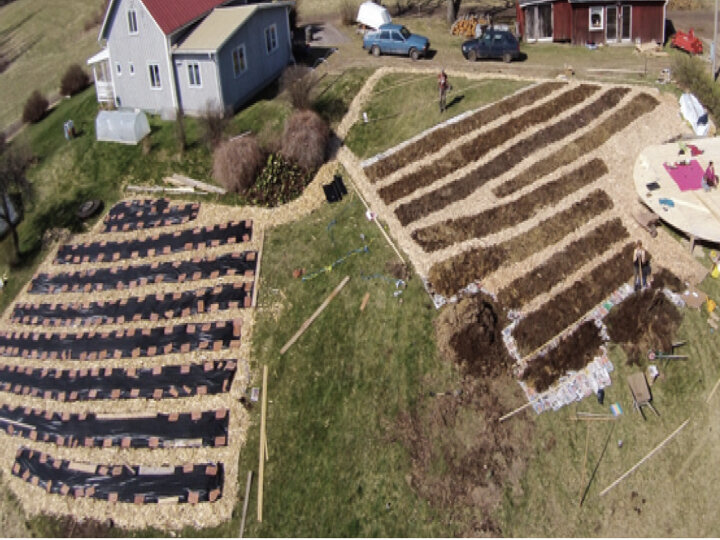
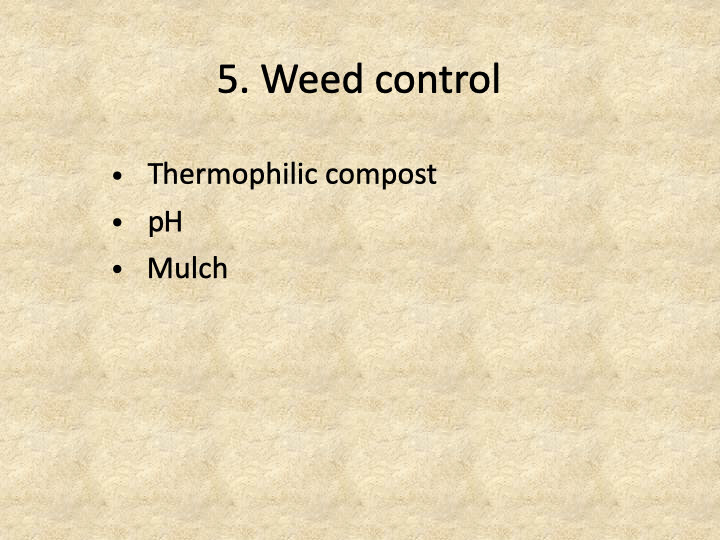
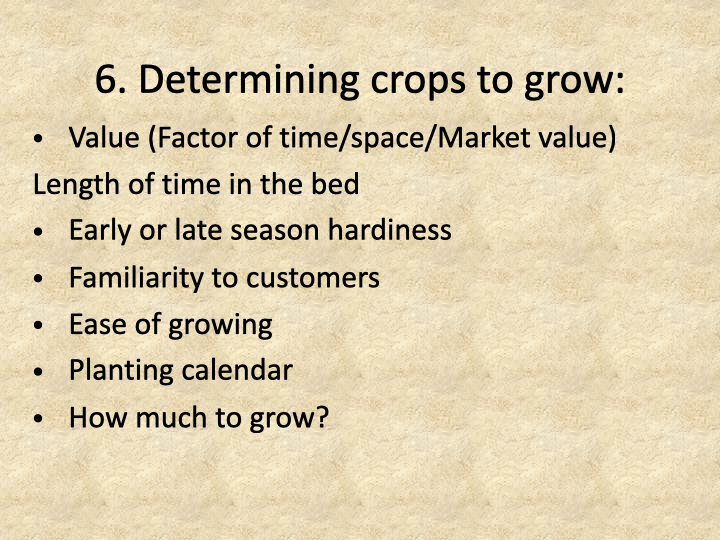
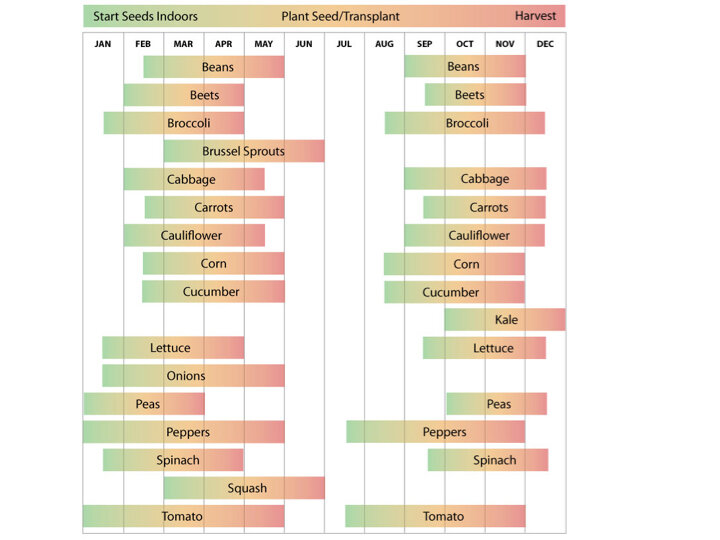
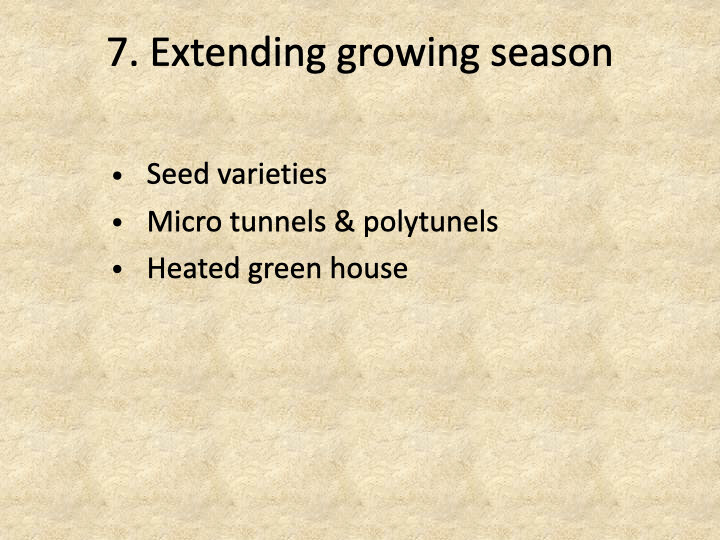
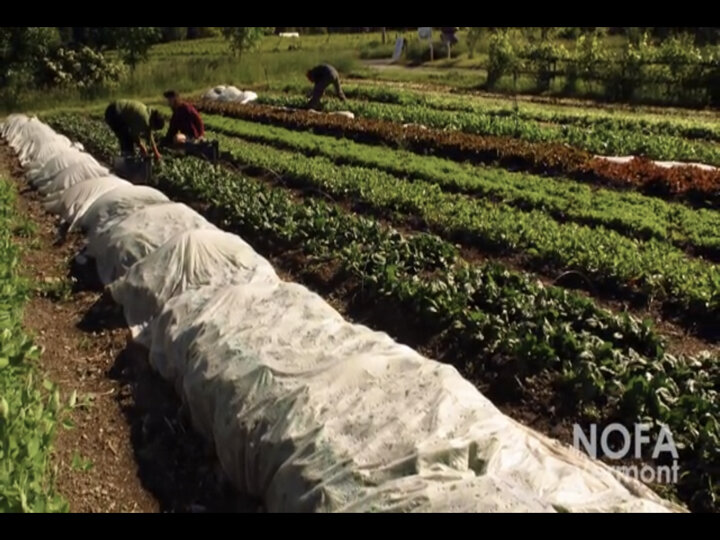
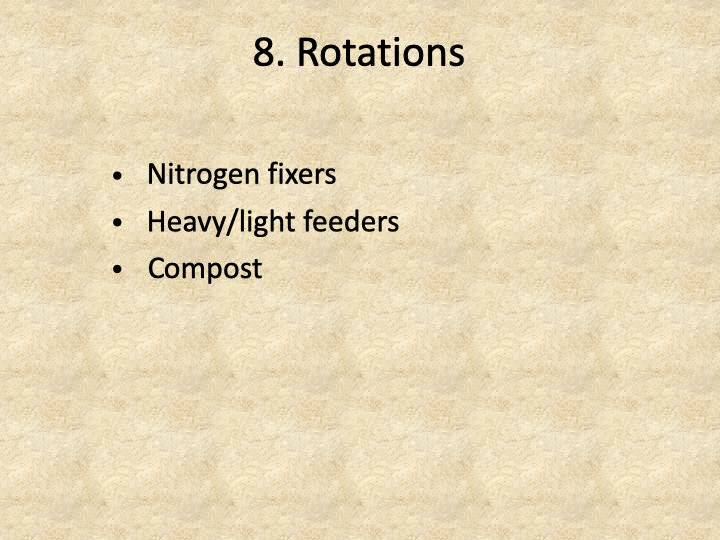
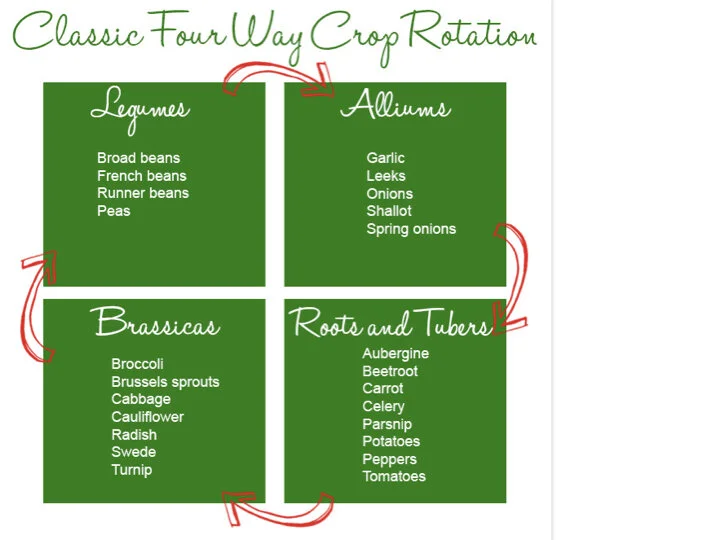
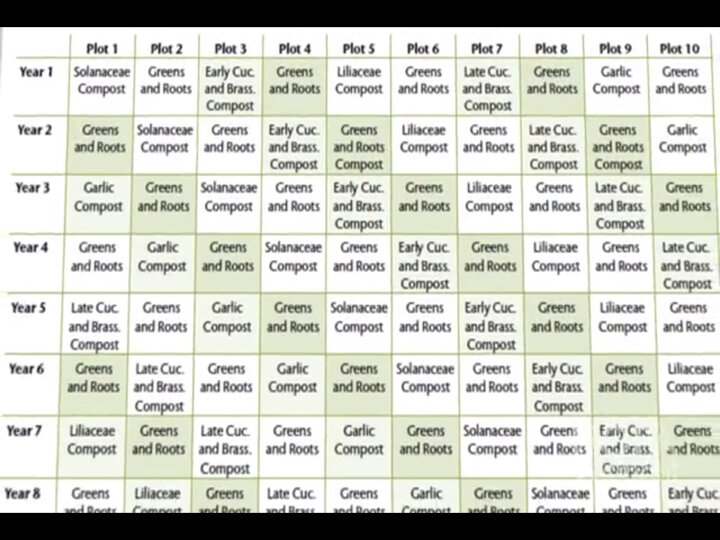
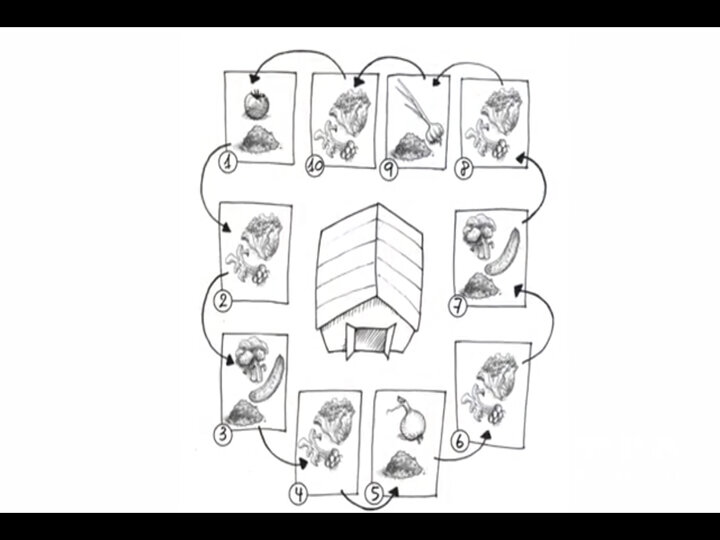
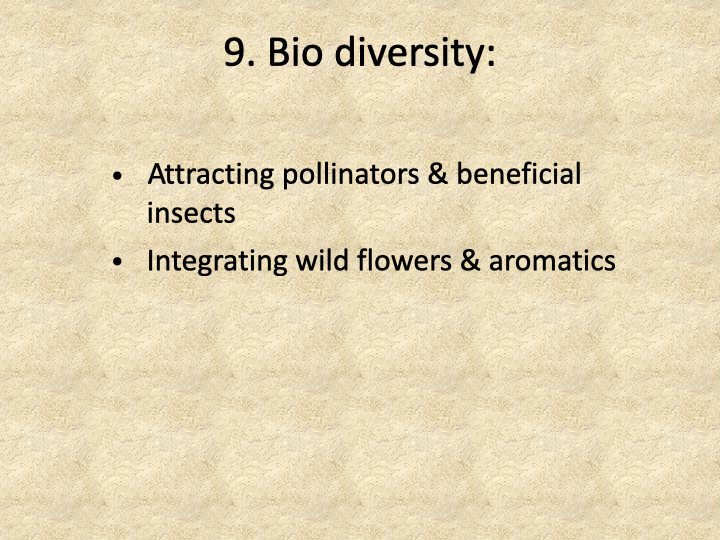
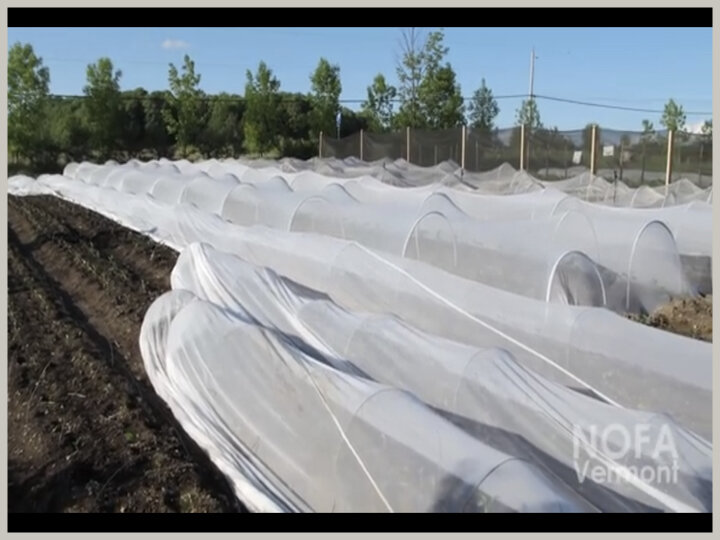
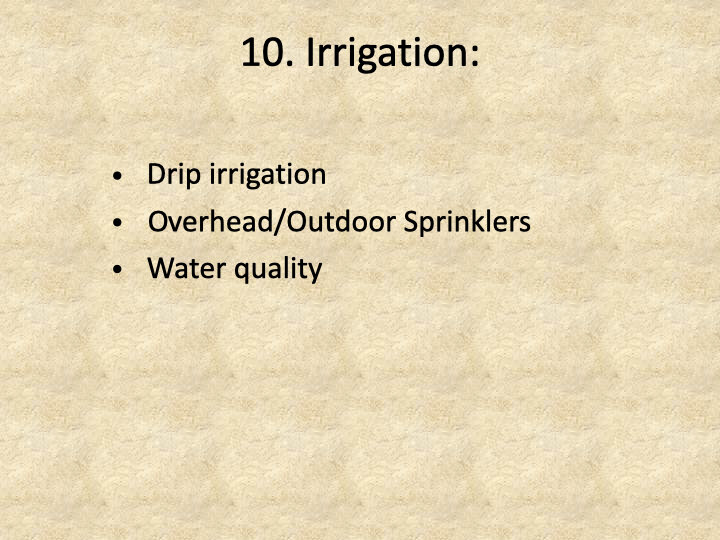
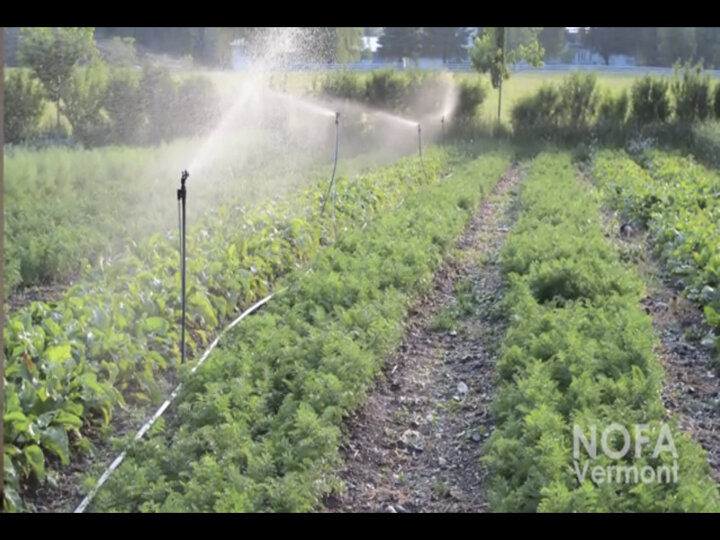
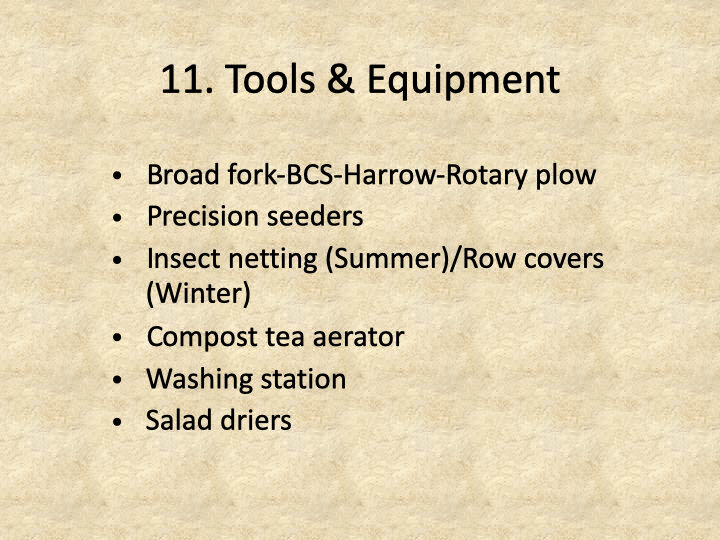
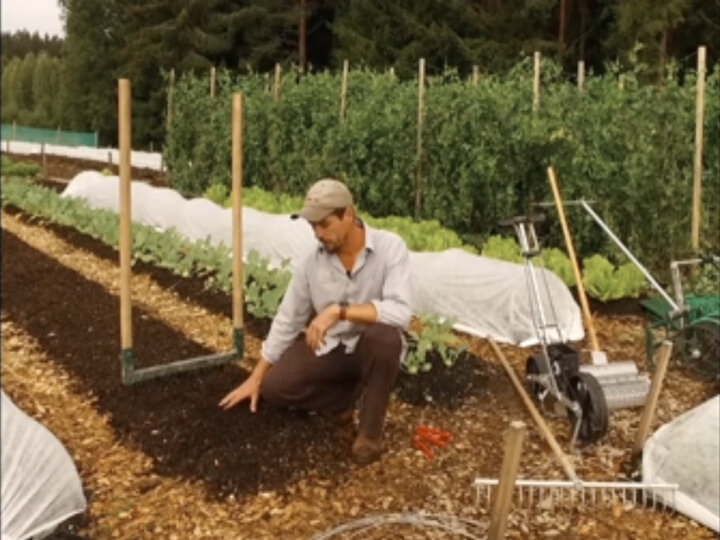
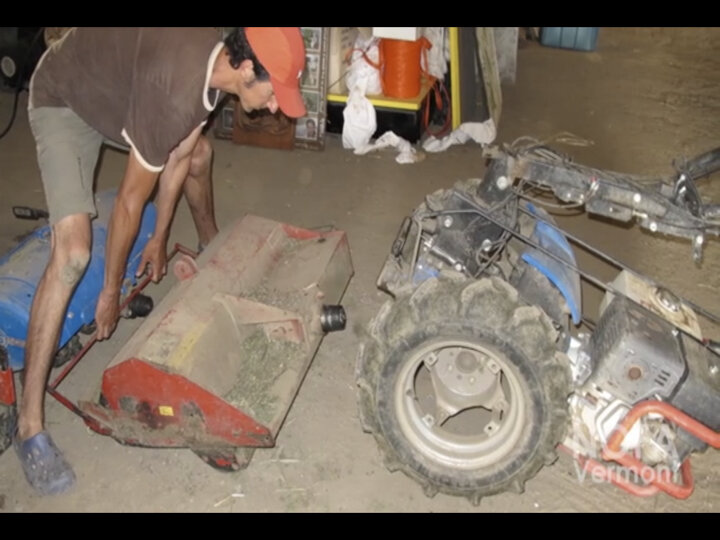
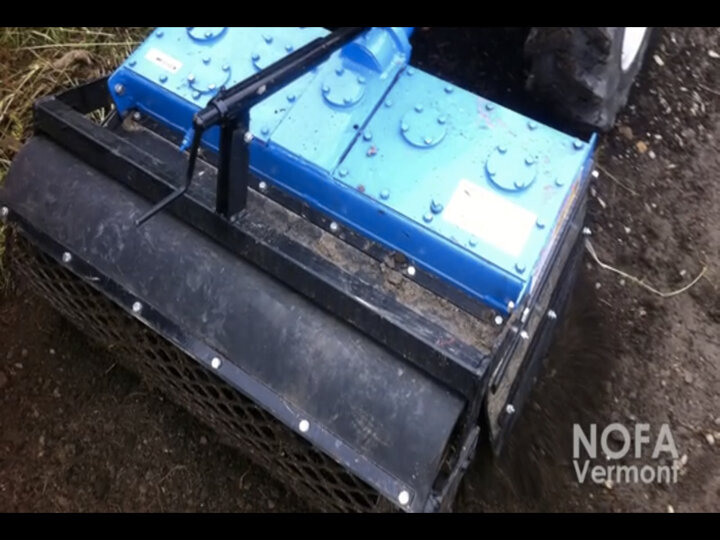
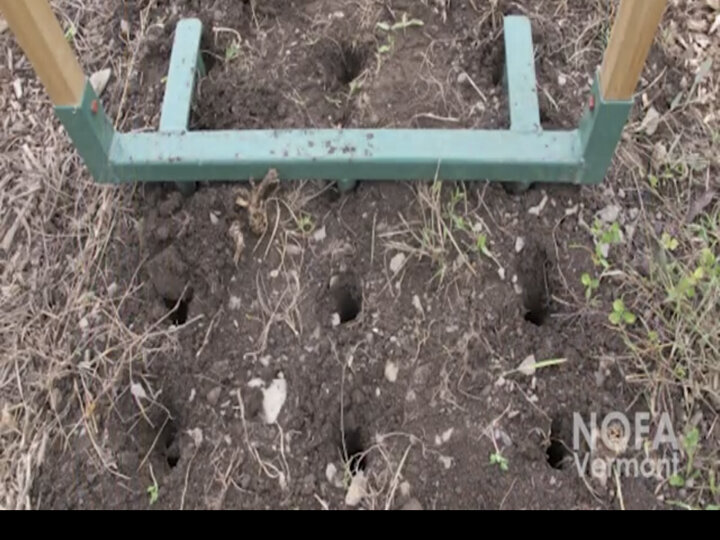
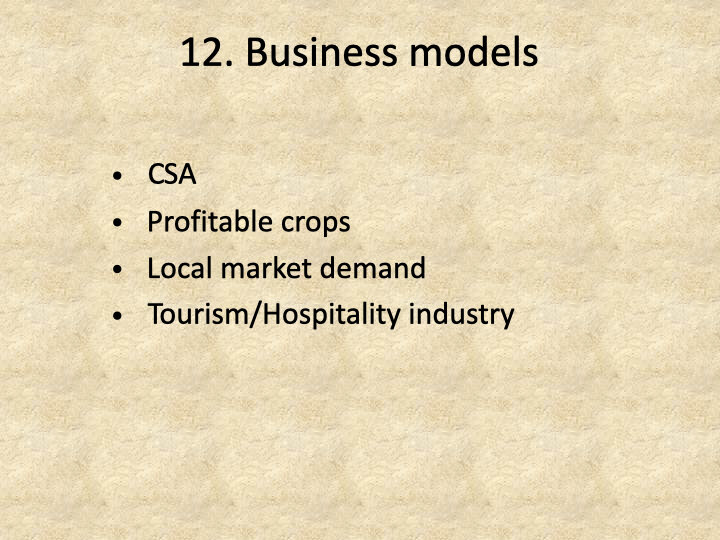

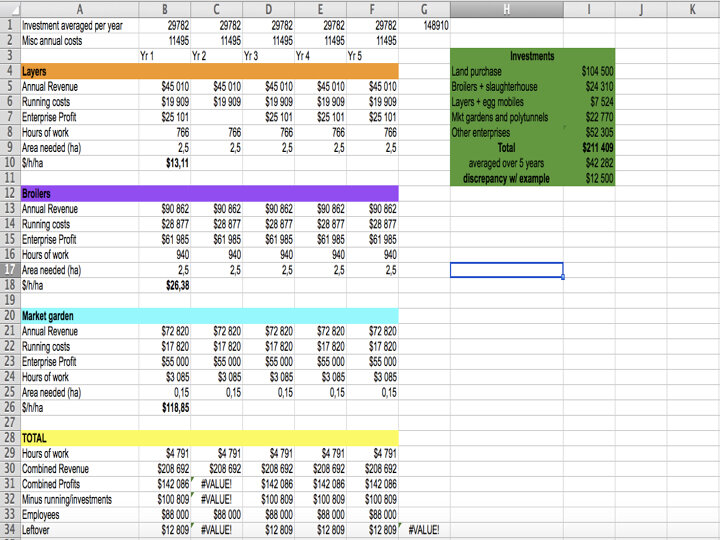
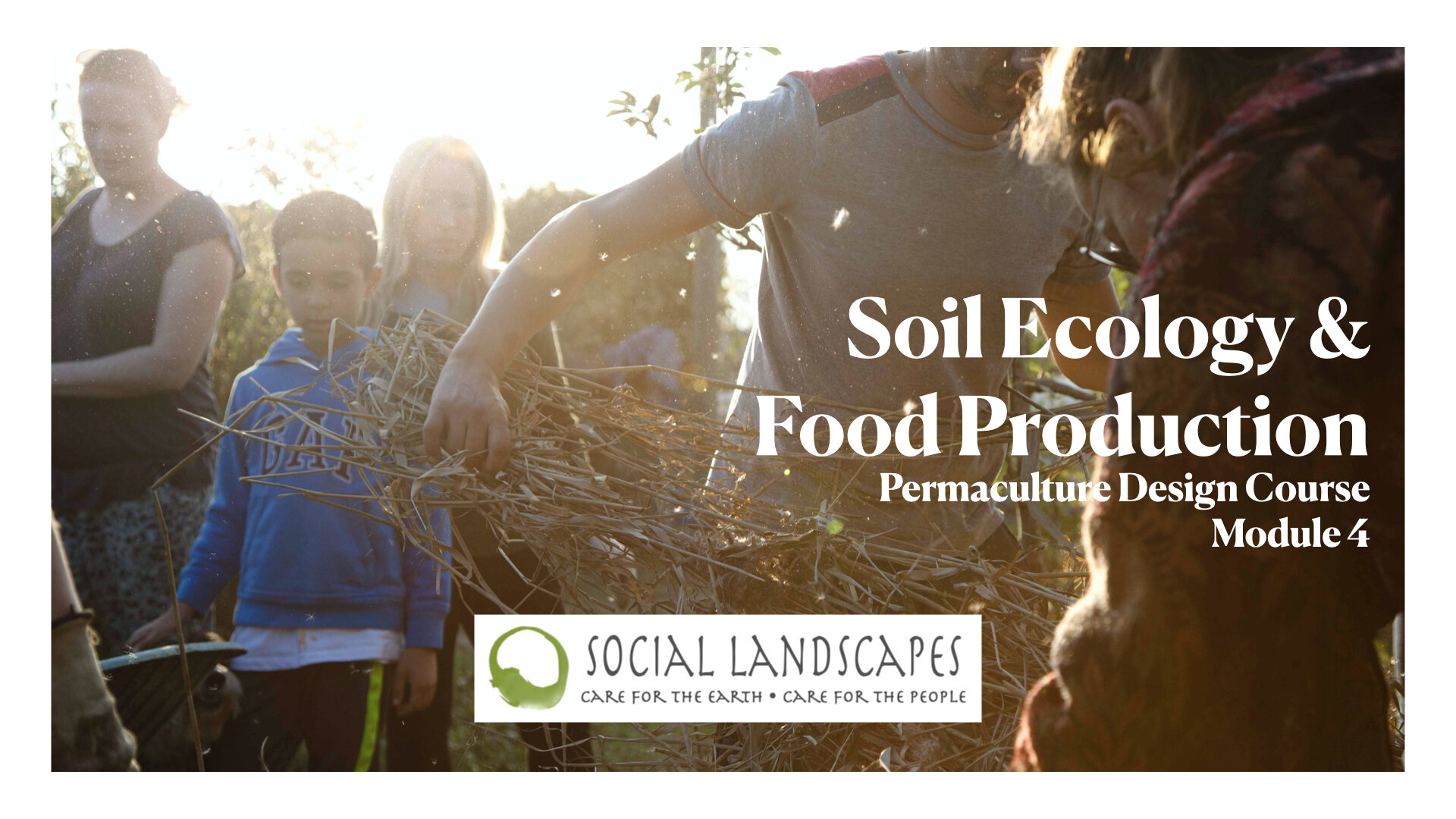
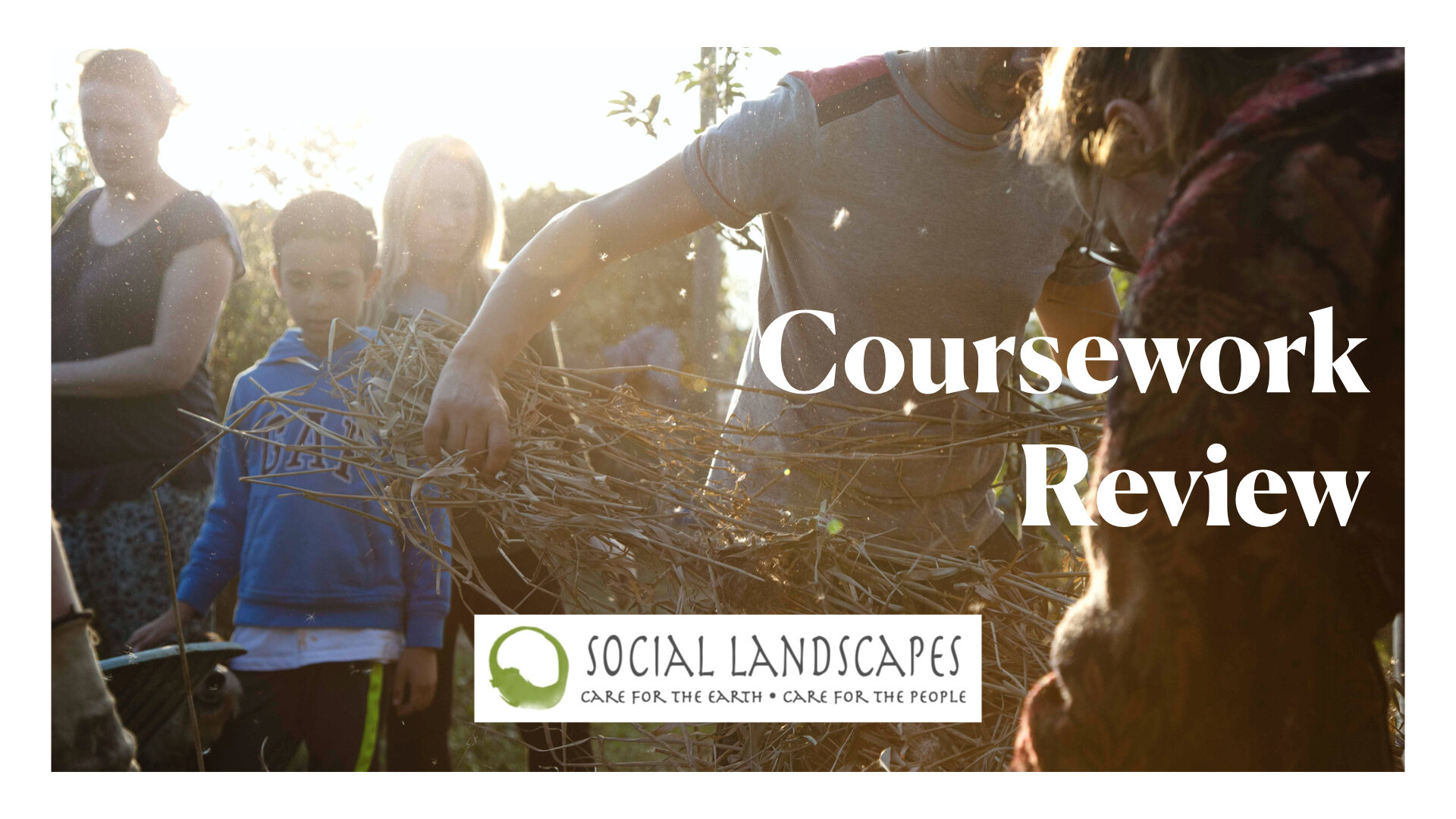

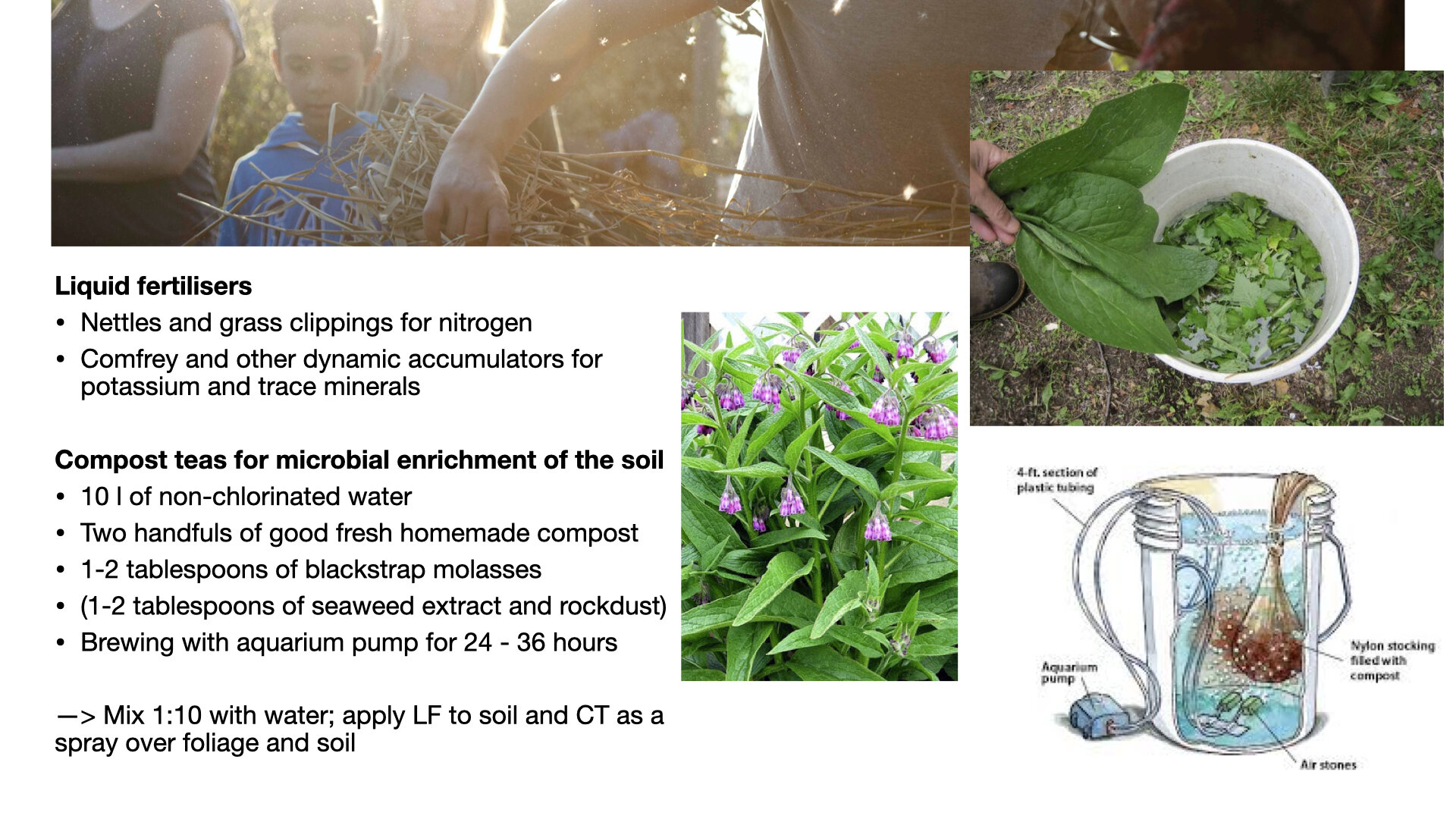


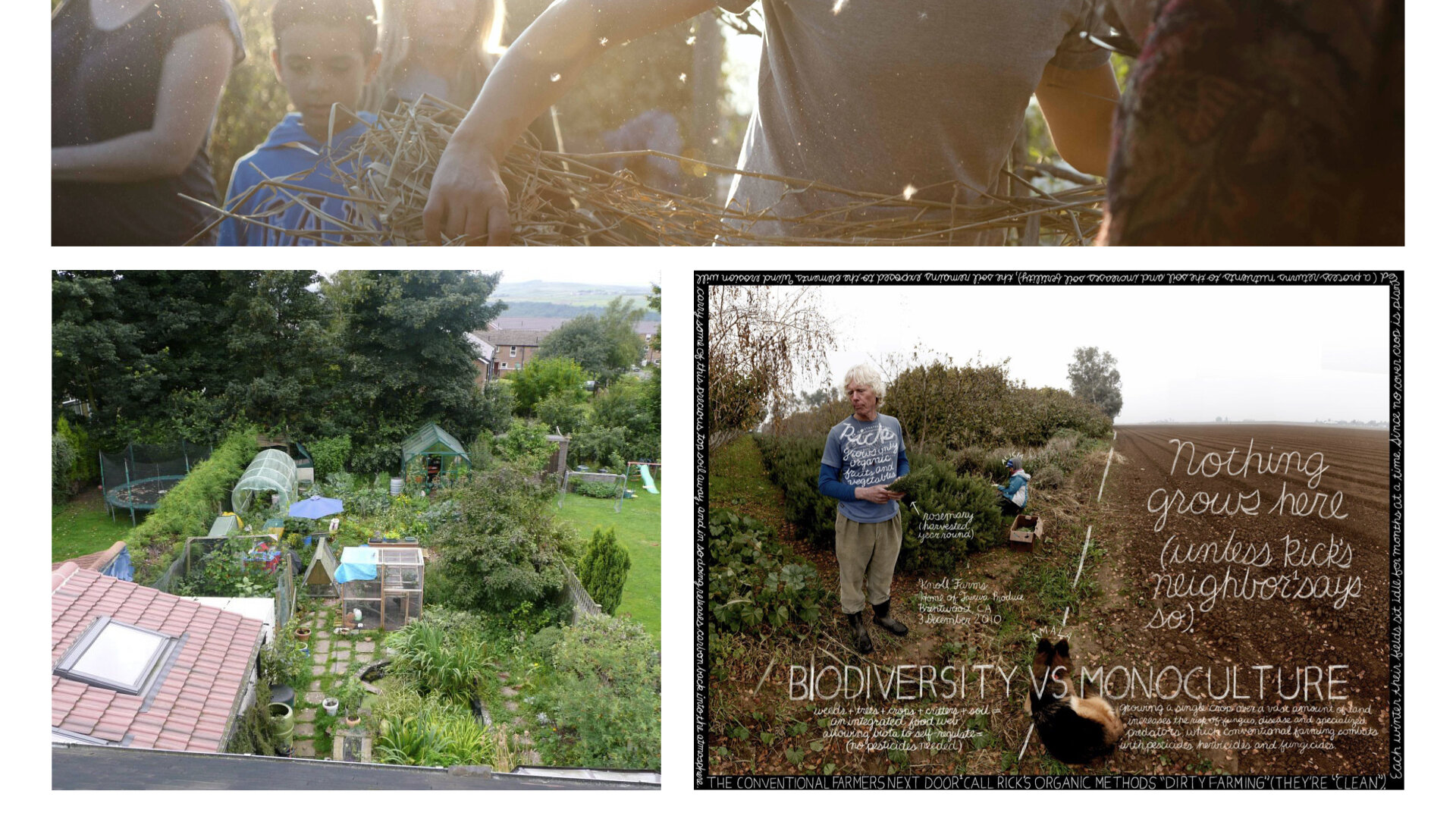
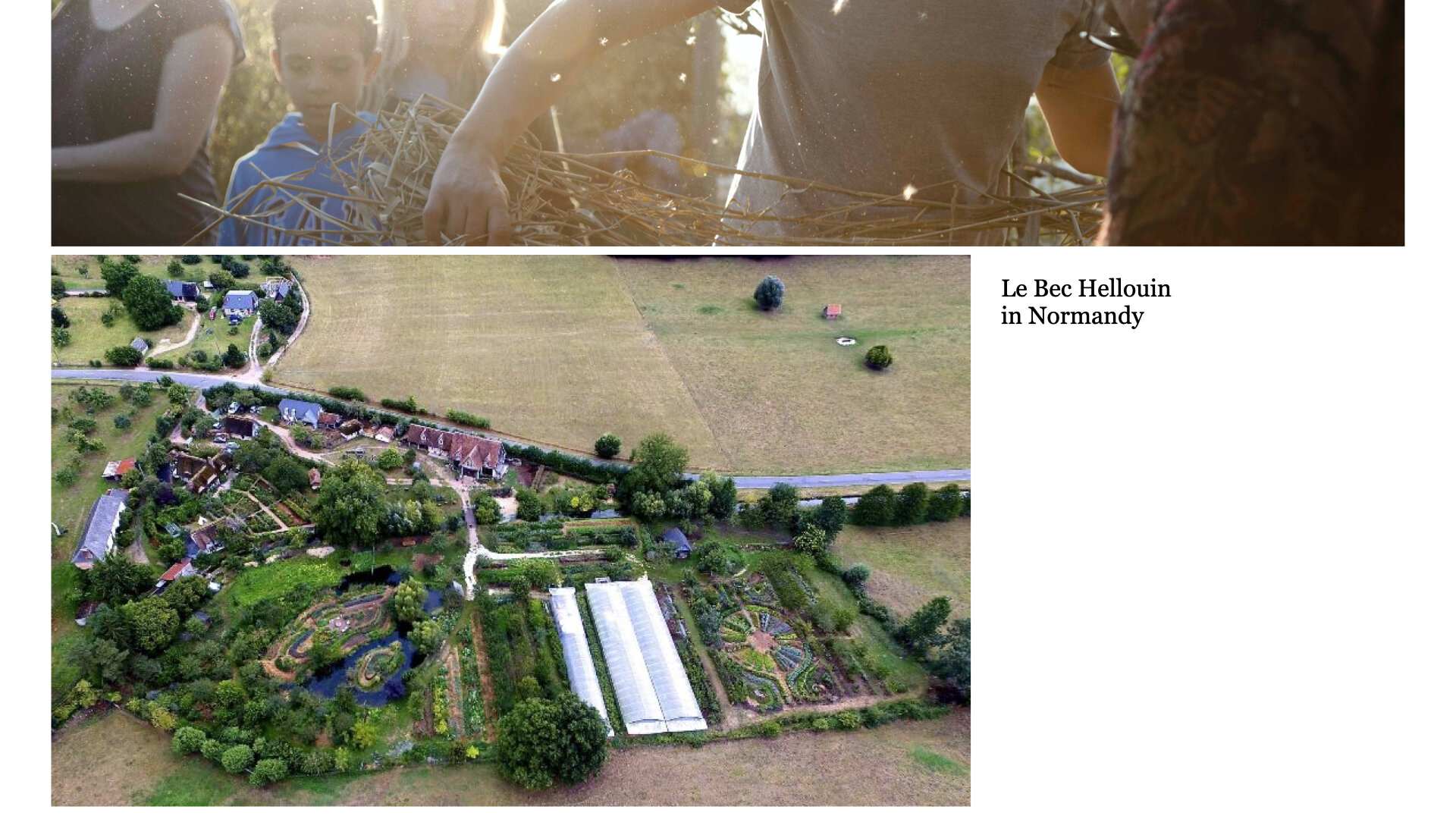

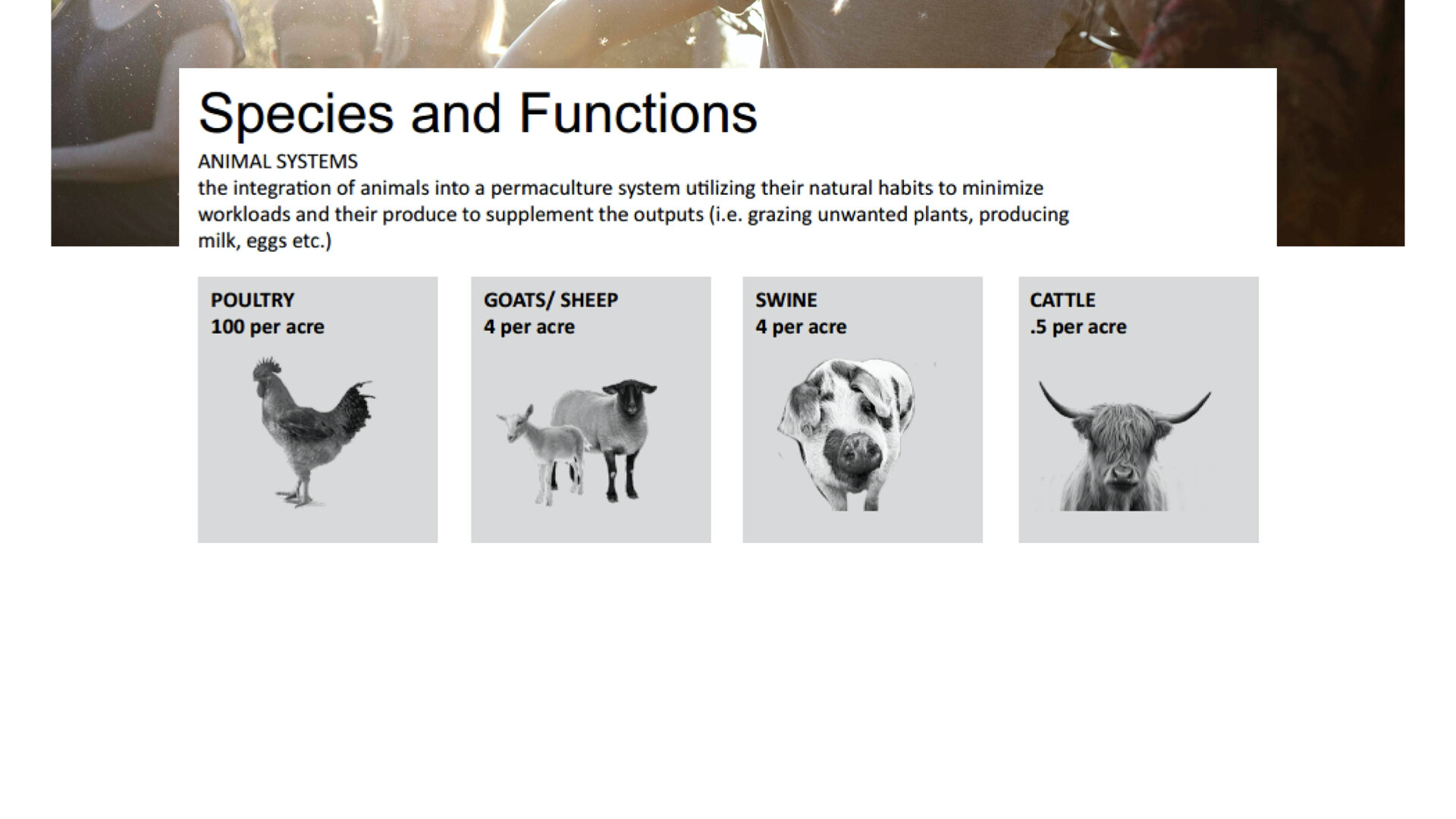

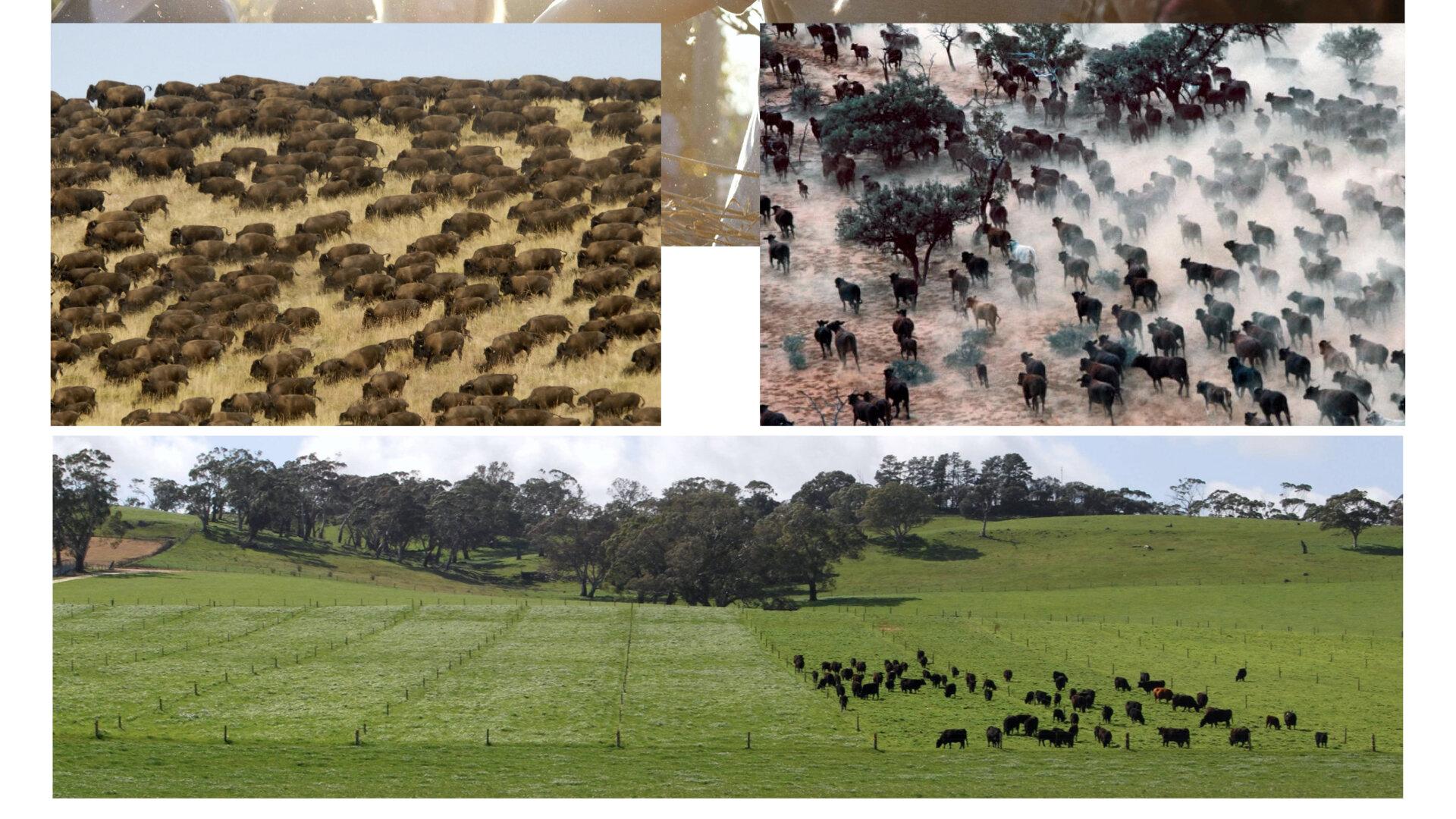
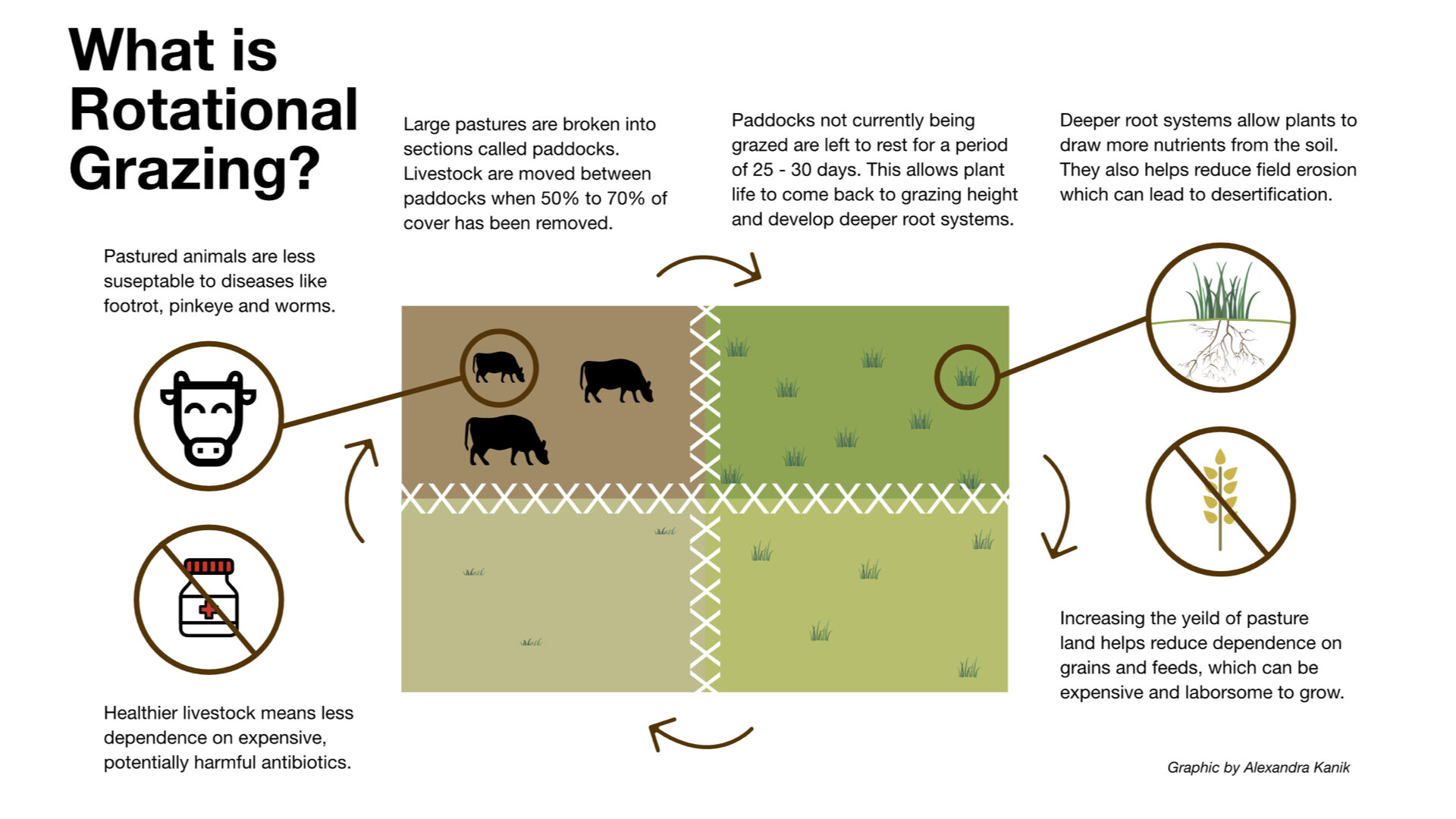
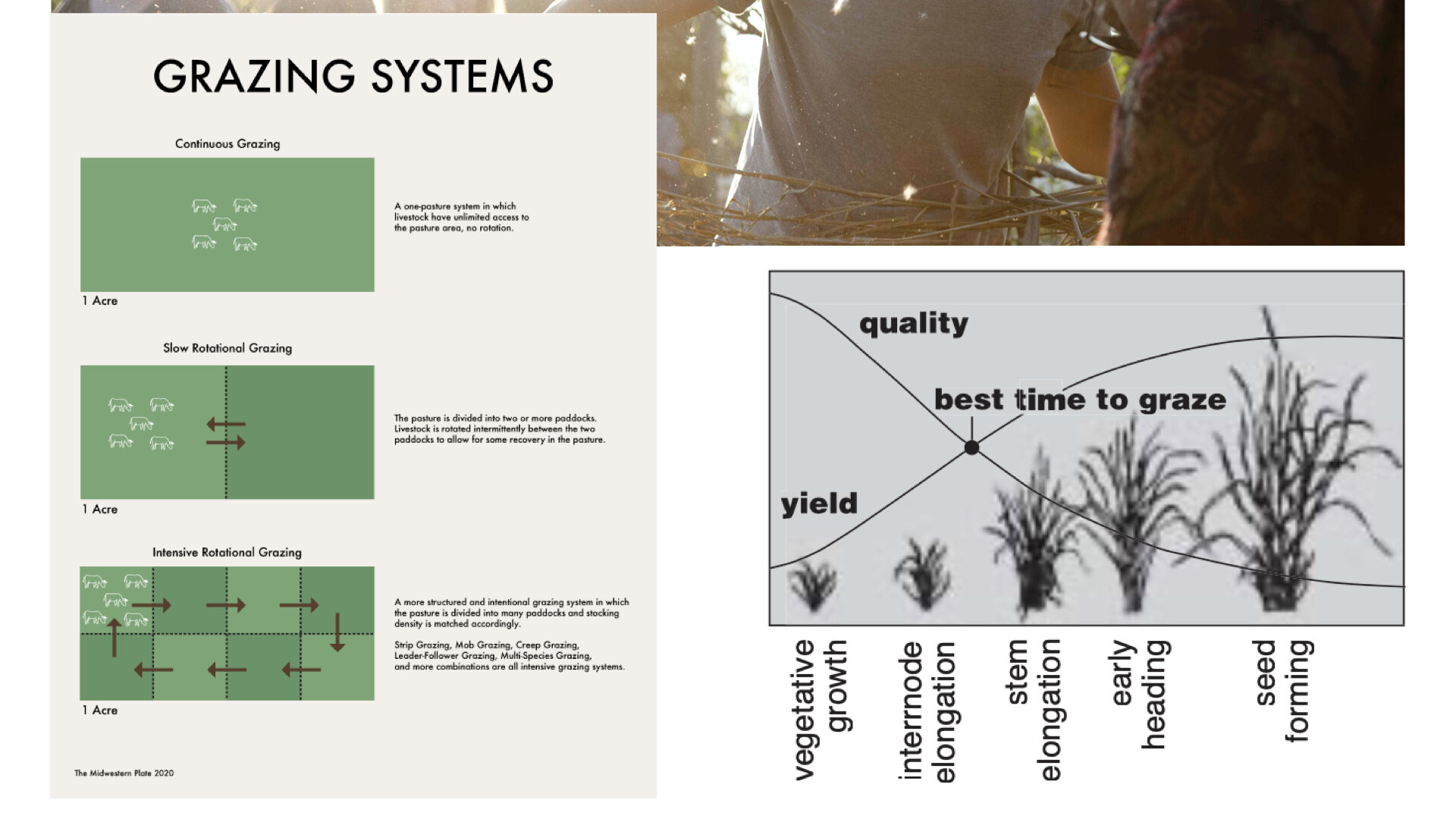
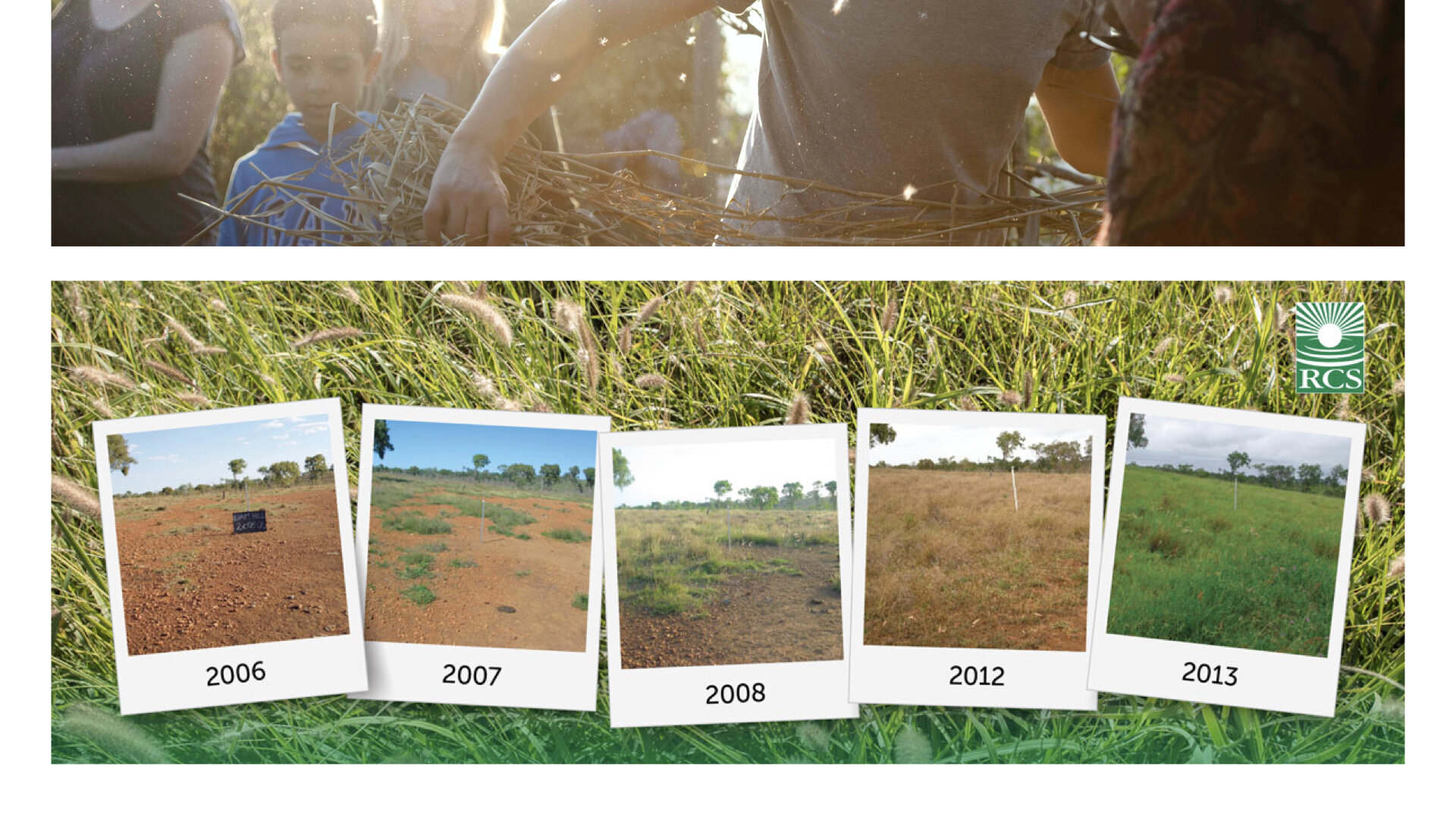
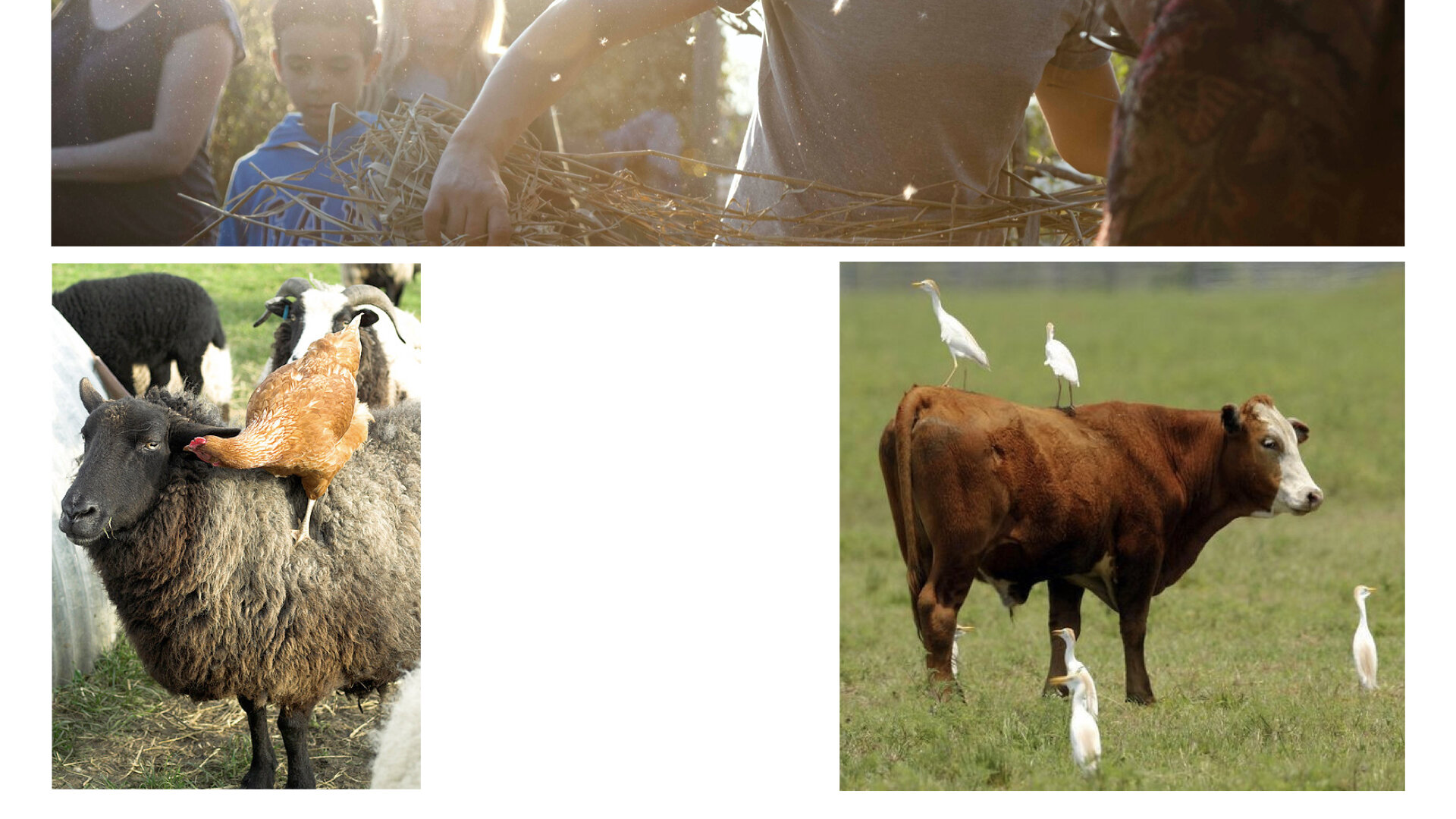
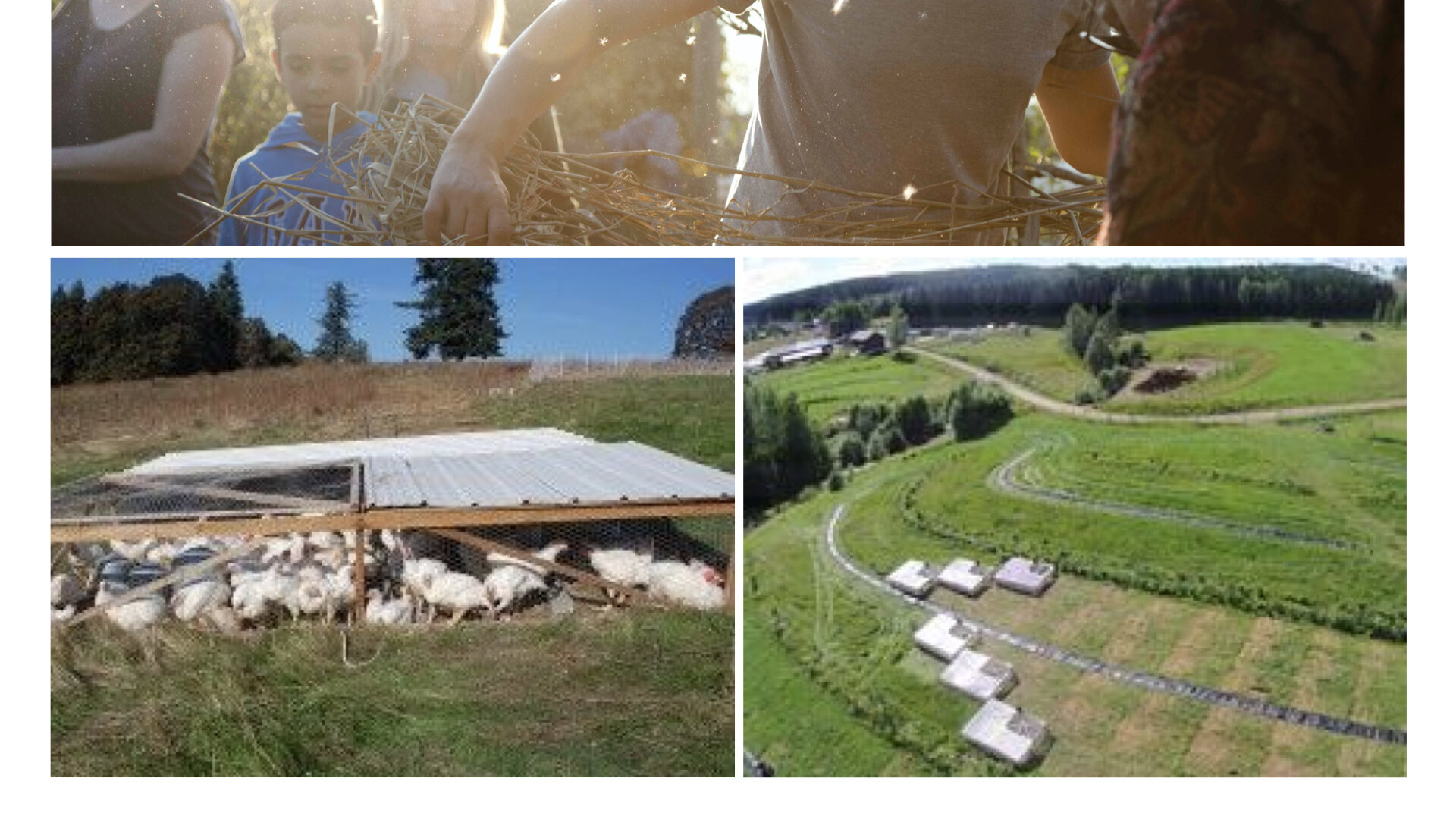
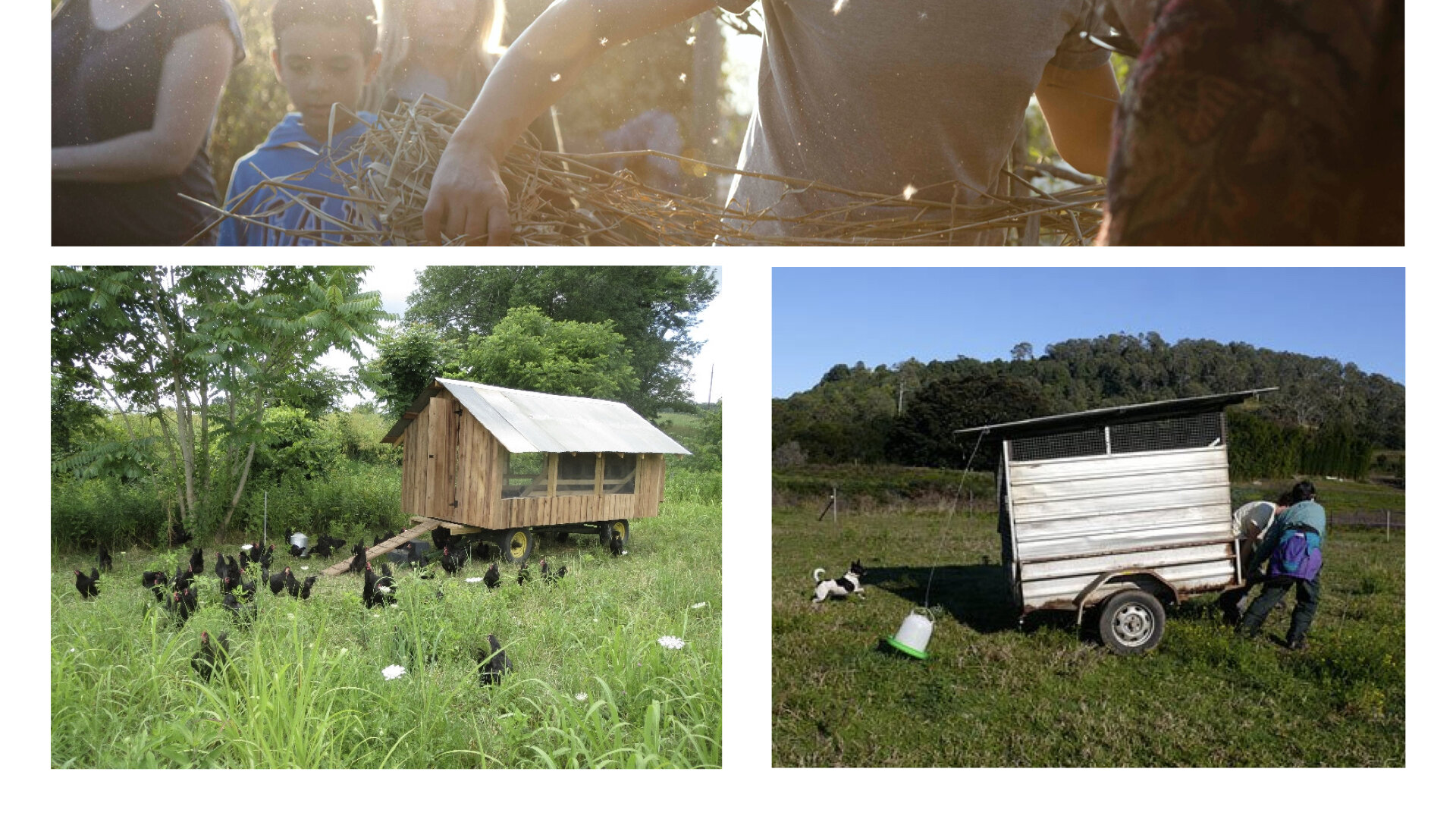


Pre-recorded sessions
Please watch these before the live sessions. For the first of these it can be useful to get a good handful of soil from your garden or a local park or woodland and have it with you in a bowl or on a bit of newspaper.
Soil science and fertility factors
Composting methods and liquid fertilisers
A tour of Marrakesh Organics by Omar Hajji
Here you’ll find the recordings of live sessions latest 48 hours after completion:
Documents to use during live sessions
Useful handouts
Design process worksheets from Aranya - these sheets can be very useful to help guide you through your design process:
Additional learning resources
Videos & Films
Market Gardening Meets Permaculture | La Ferme Des Quatre-Temps (FQT Farm)
Books
Your assignments and coursework
Assignment 1: Soil testing (approx. 2h)
Take a good read of these handouts: Soil advice, Soil tests, soil record sheet.
Do the following soil tests at two different sites using the above soil tests handout - the ones in brackets only if you feel strong enough and have the right material available:
(1. Drainage - you can also do this test instead)
2. Earthworms
(3. Top soil depth)
4. Soil texture!
(5. Soil structure)
(6. Soil pH - you can oder the strips here)
(7. Soil compaction)
If recording the results on the record sheet proofs difficult, you can also just sent them to me in an email or on a separate word document.
Your design project: Chose and analyse your systems and elements…
Have you got your idea for what you would like to design on this course? Have you done your survey?
If yes, it is time collect ideas for what systems and elements your design could include that will meet your functions. This is a brainstorm and while you might have some clear ideas on which ones you might want to choose, go beyond those, look at the unlikely options as well.
Once you have a good list together, it is time to analyse these. Ask yourself: which ones meet the ethical standards of permaculture? Any that fit into that sweet spot of Earthcare, Peoplecare, Fairshare? Which of your elements meets multiple functions and how can you make sure that each function is supported by multiple elements? What are the inputs and outputs of these elements and how do they all fit together? Can you use other tools, such as a SWOC (strength, weaknesses, opportunities, constraints) or PMI (plus, minus, interesting) to analyse your elements? How do the principles fit in here?
This is where your design might get a bit more complex. Remember you are in the groan zone. Is it good to sleep on what you are doing, come back to it tomorrow? Hang on in there.
(use Aranya’s Design Process Worksheets as a help if necessary - you can find them above)
Ideas for practicals
As part of the course you will require to do and document 2 practical projects (approx 3 hours of work each). Here are some ideas… if you don’t like them, there will be ideas with each module. Or come up with your own.
Start composting - set up a composting system, whether that is a method we’ve learned about on the course, or another, such as bokashi. Turn those vegetables and weeds into soil.
Create a garden bed ready for spring growing - use what you have learned to create your own veg garden.
Quiz & completion
Taking the quiz and showing that you have understood the material covered in this module is essential for you to receive the Permaculture Design Course Certificate at the end of the course.
Feedback
Receiving your feedback on what we do is essential for us to keep improving our courses - for you and those that learn with us after you. It will take 5 minutes - thank you!








